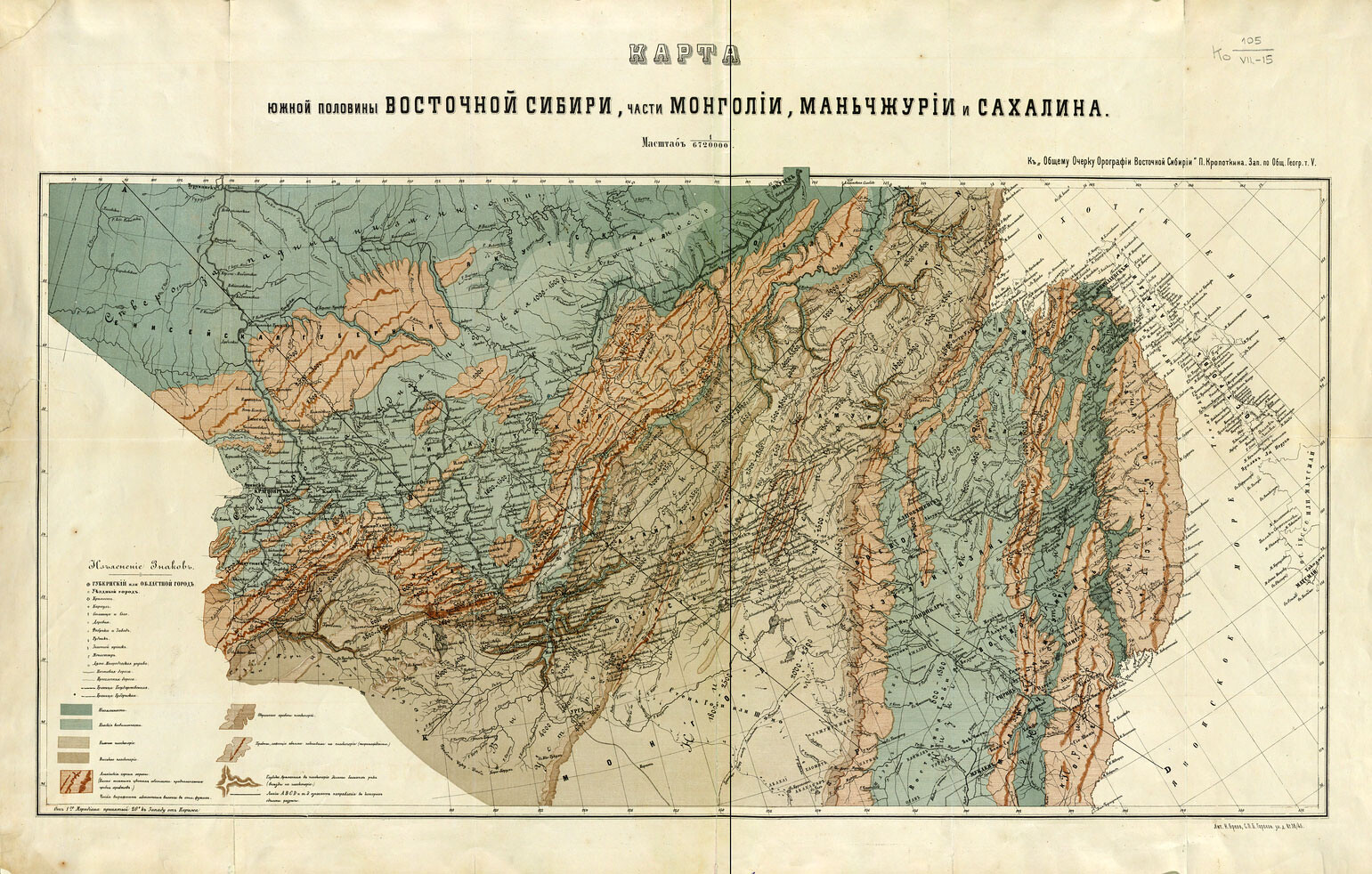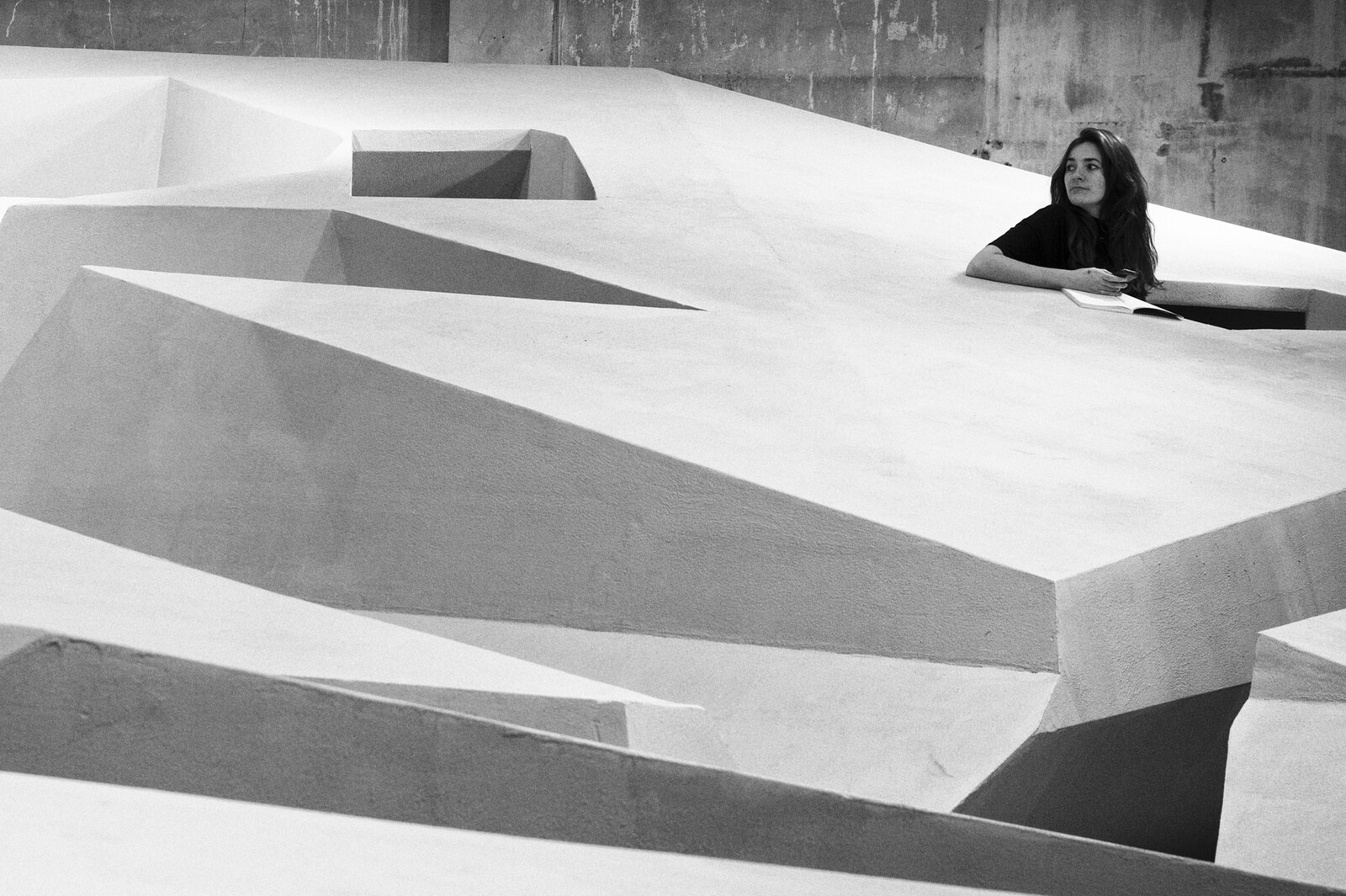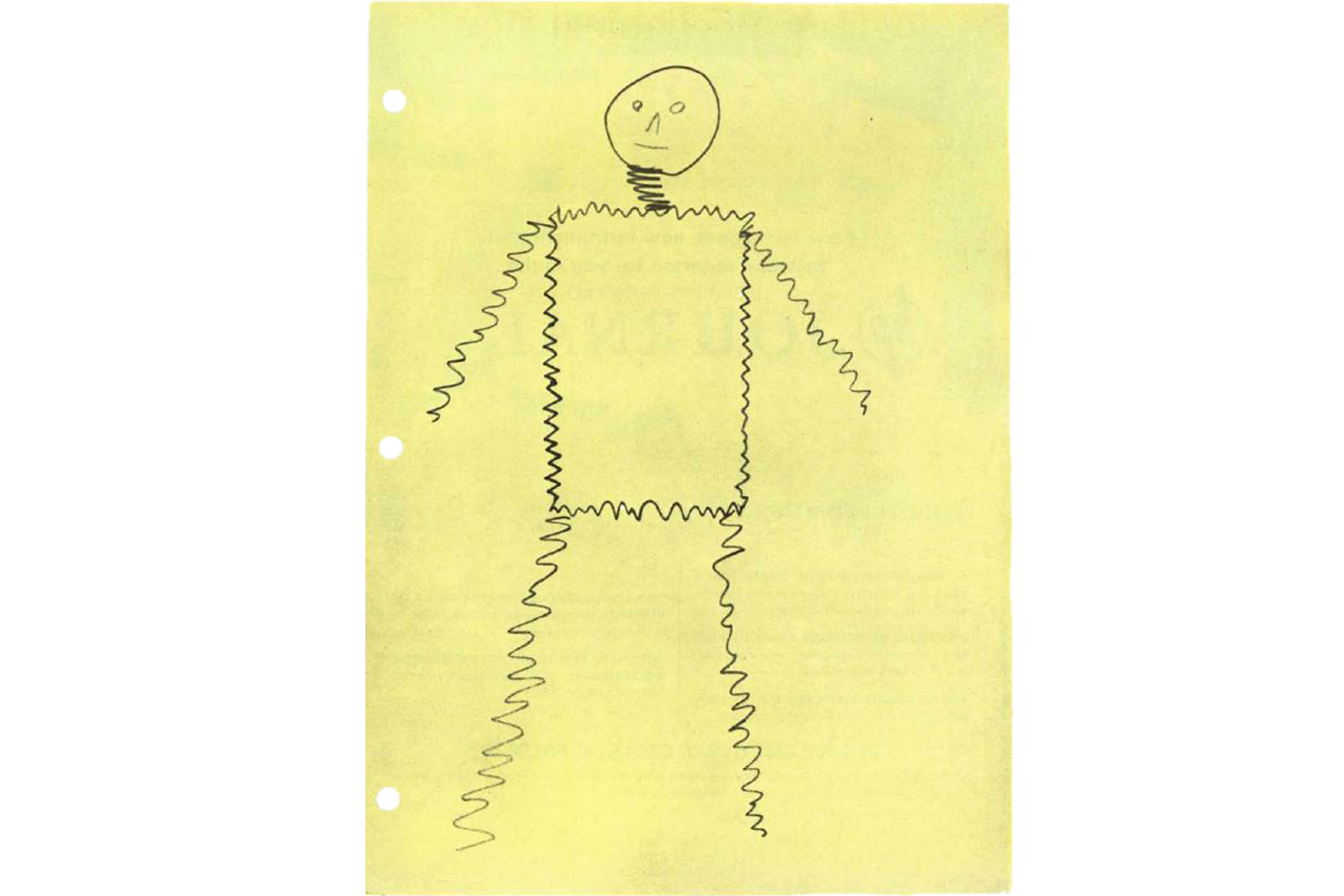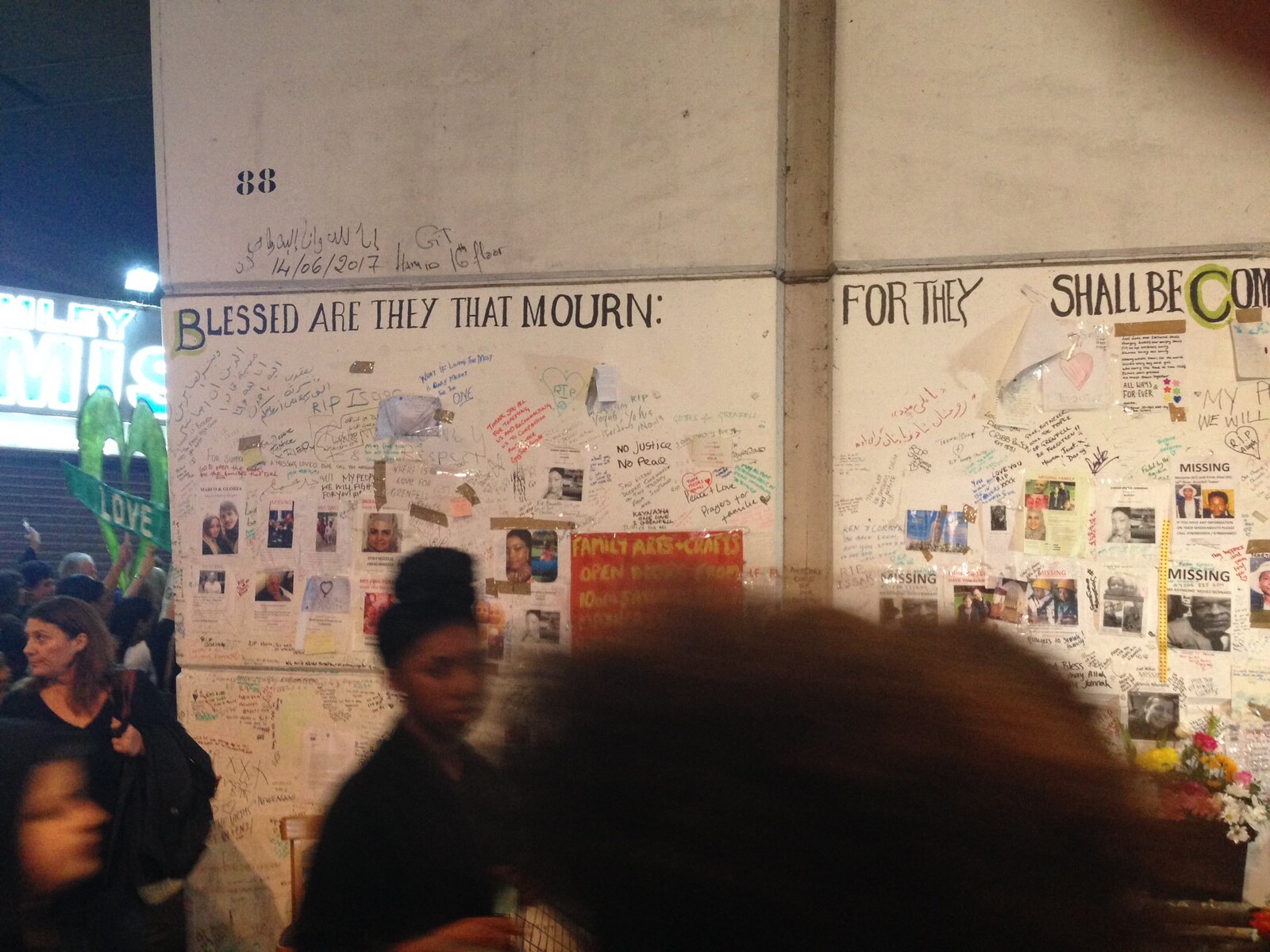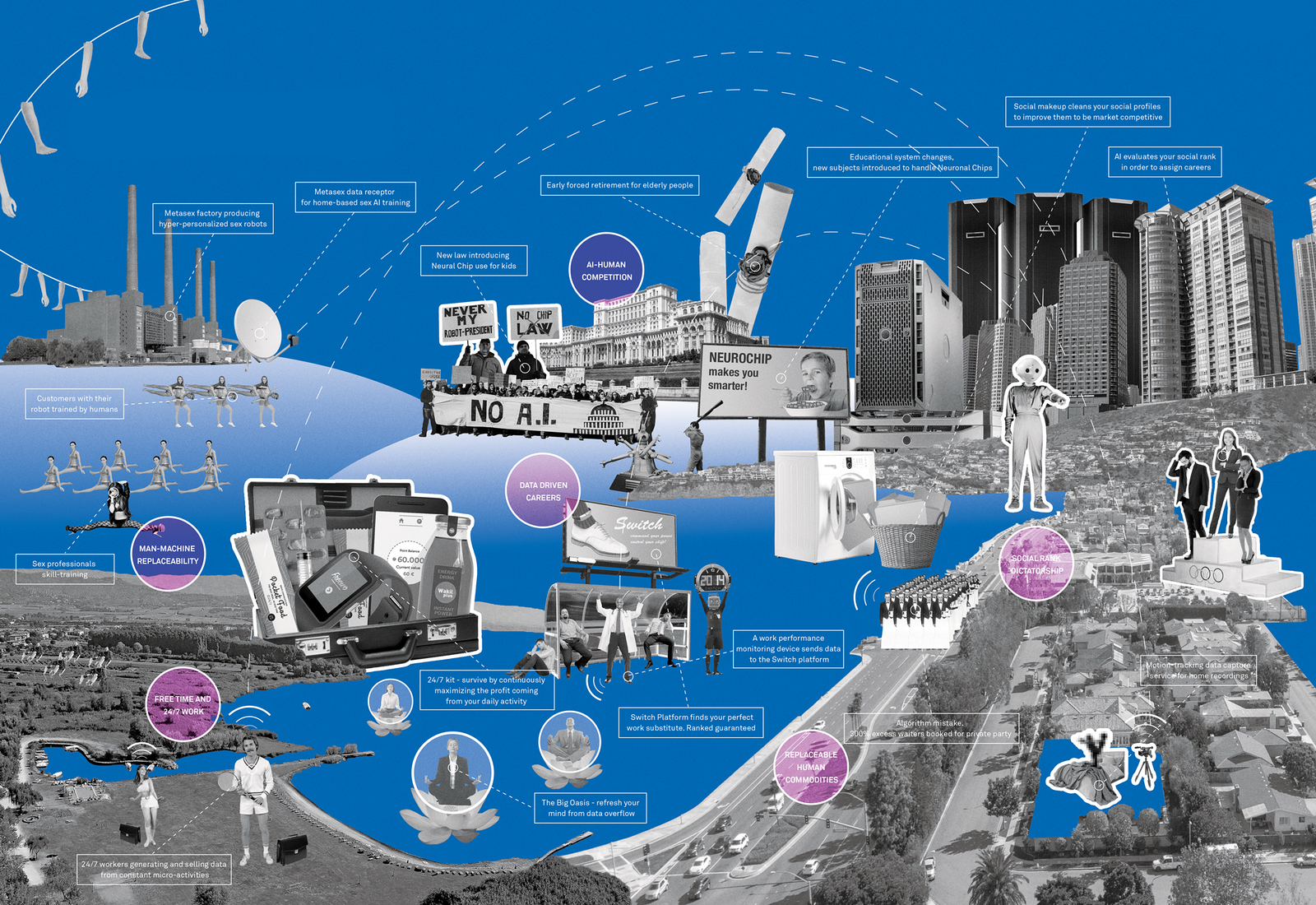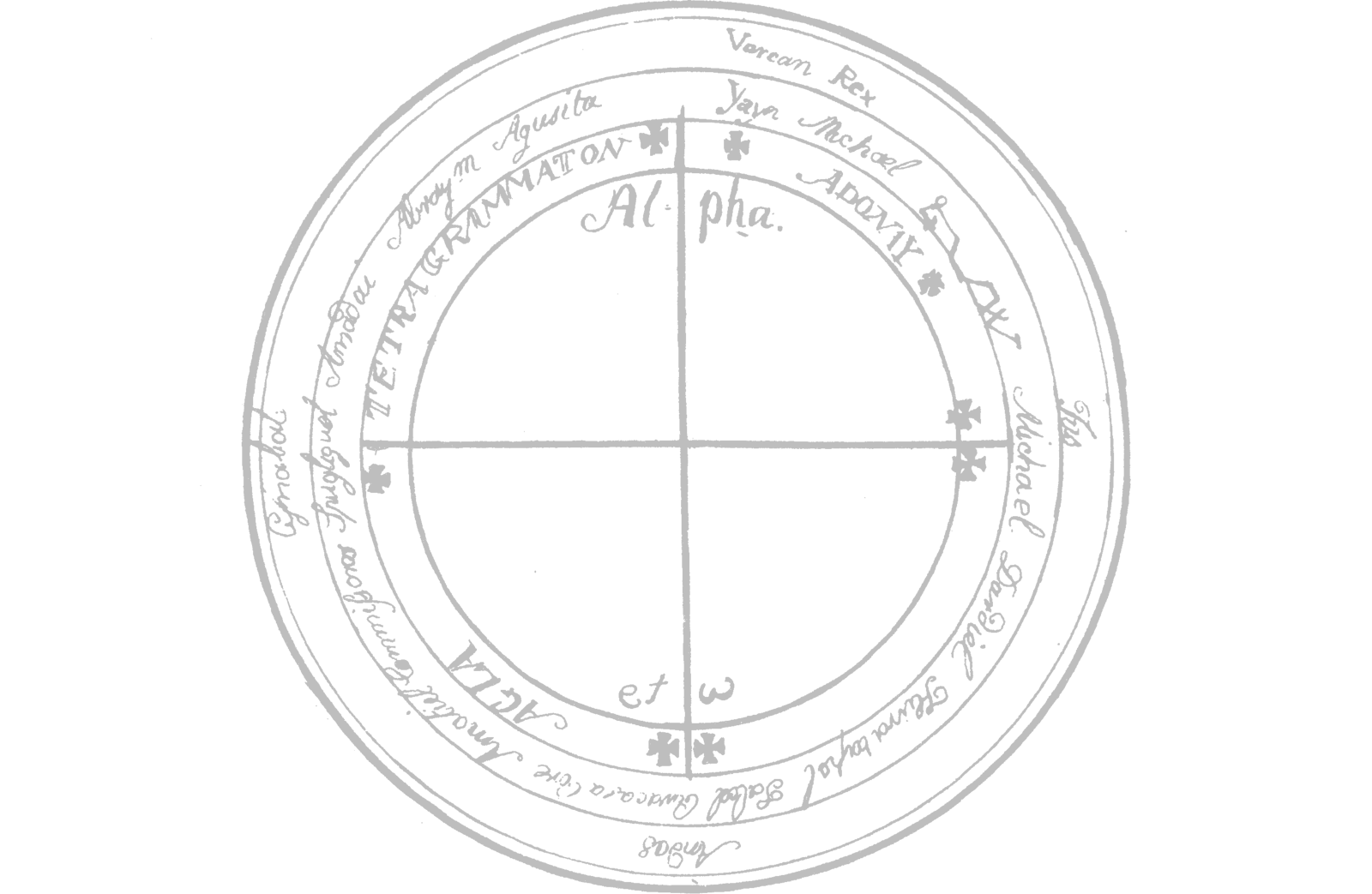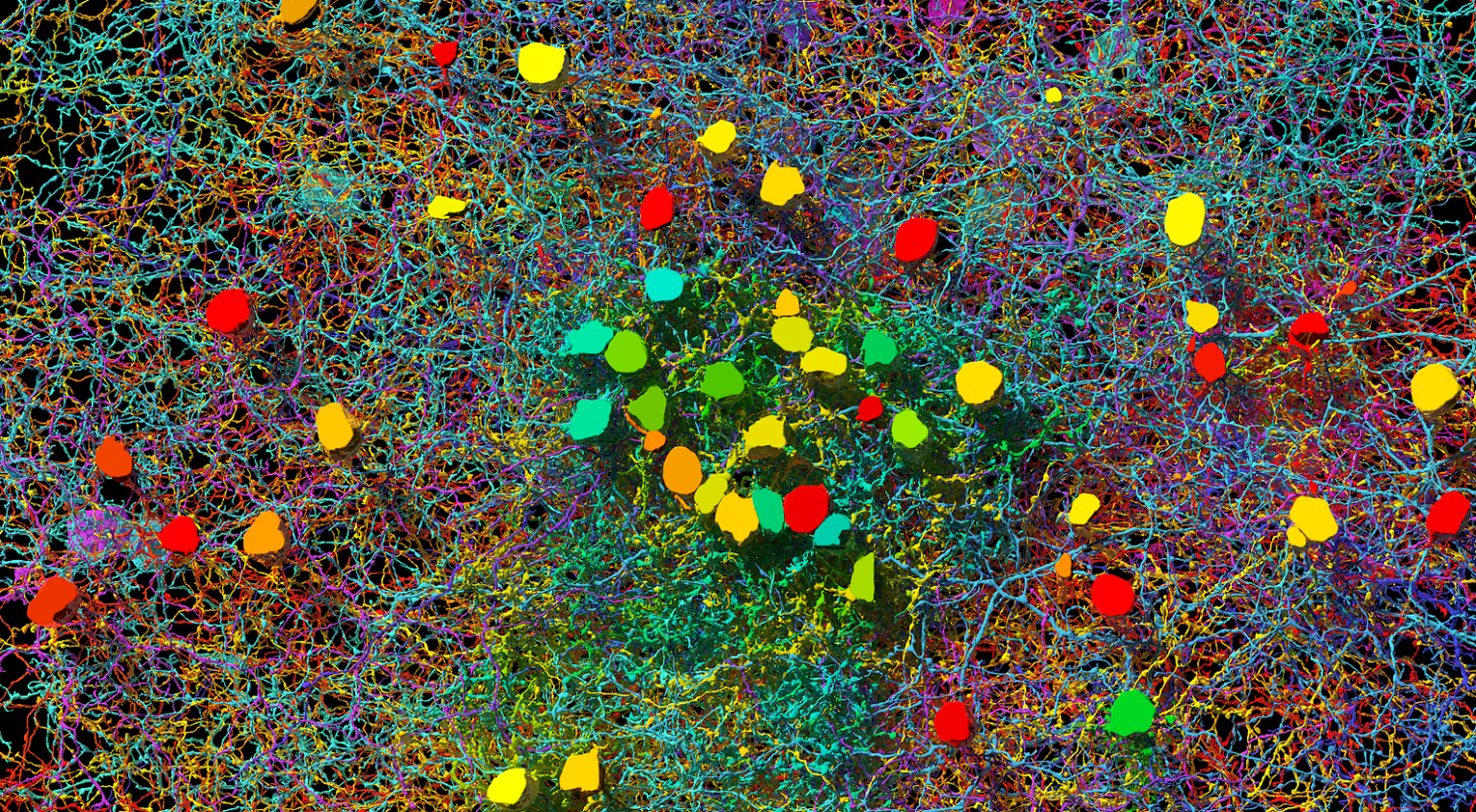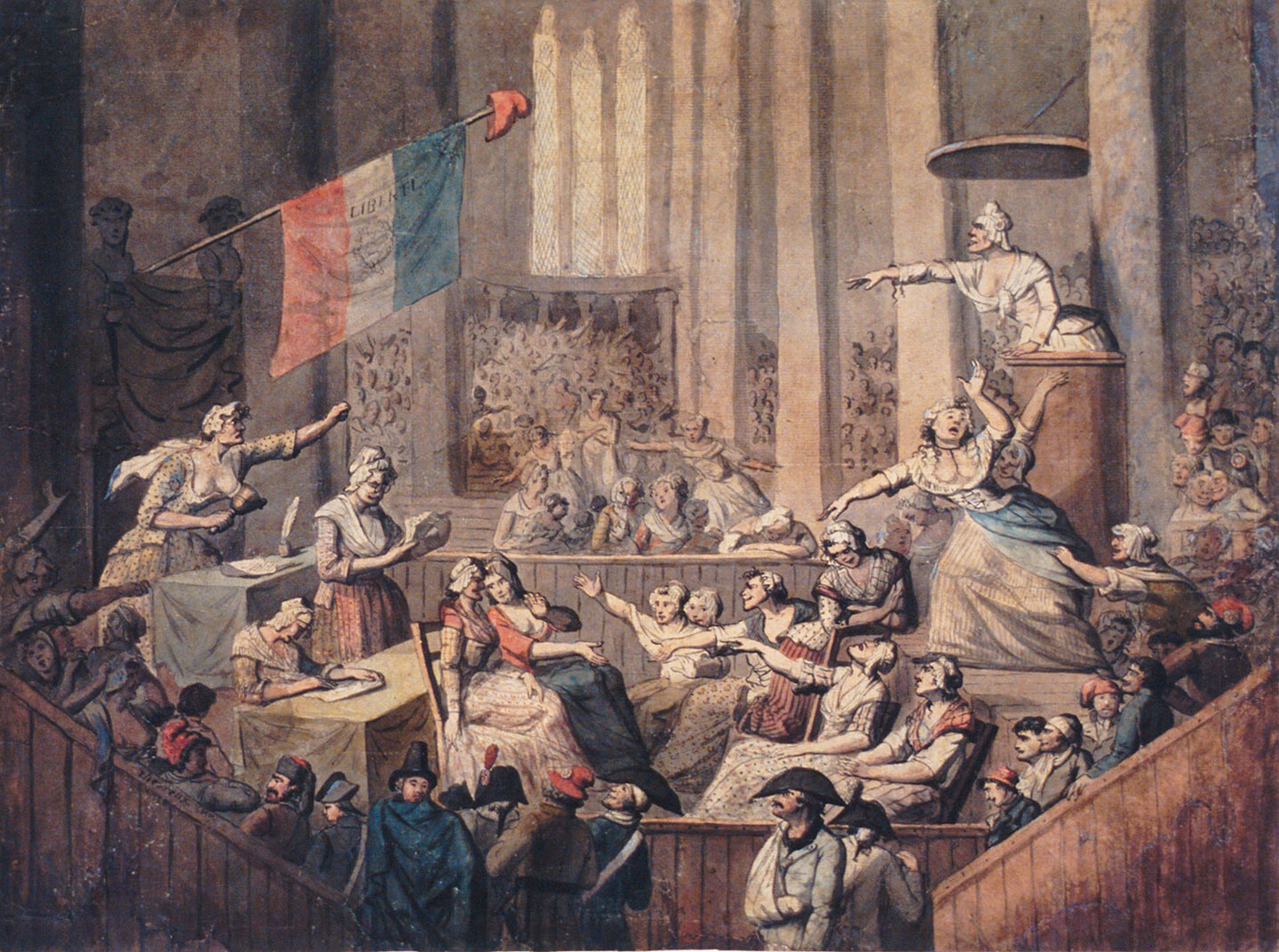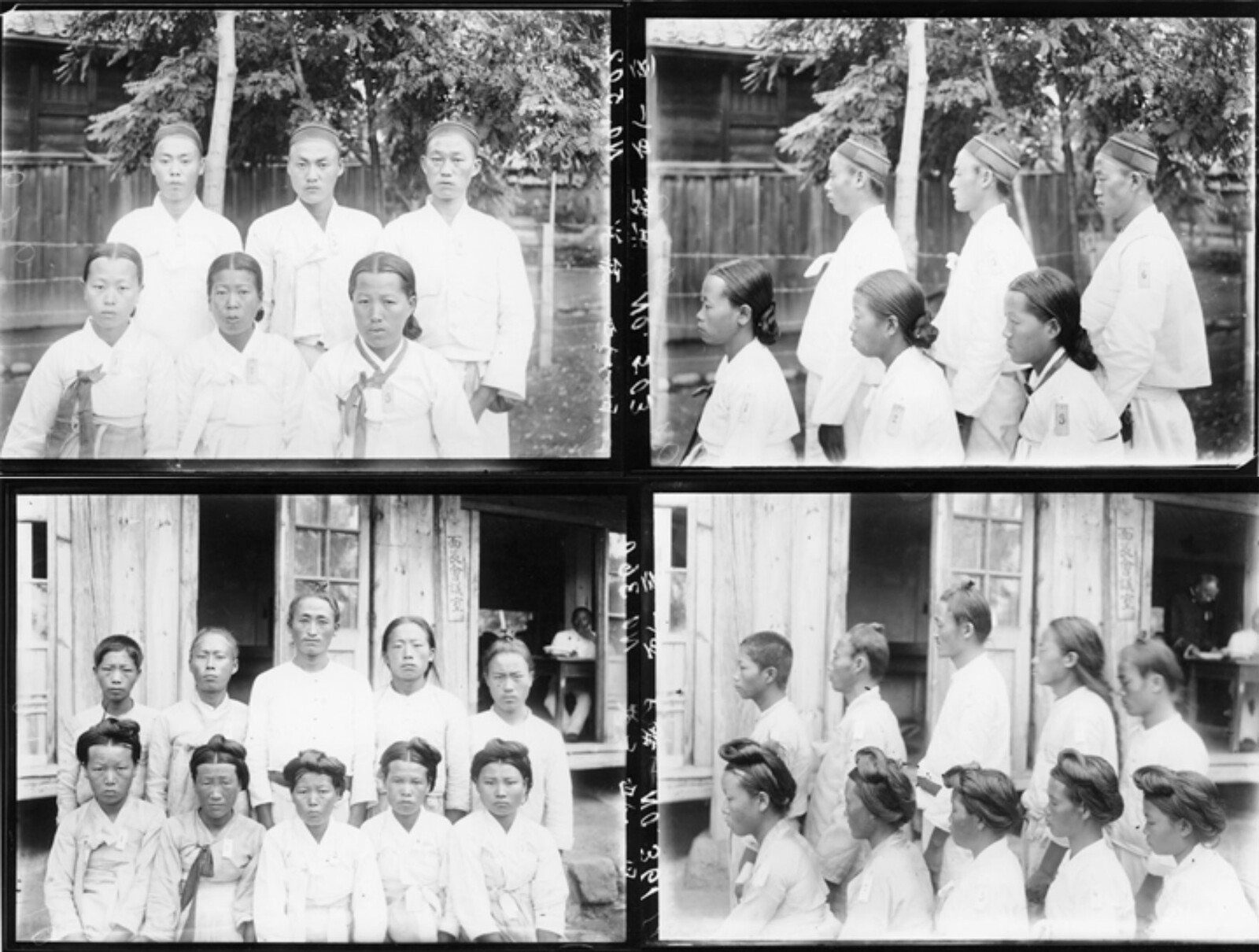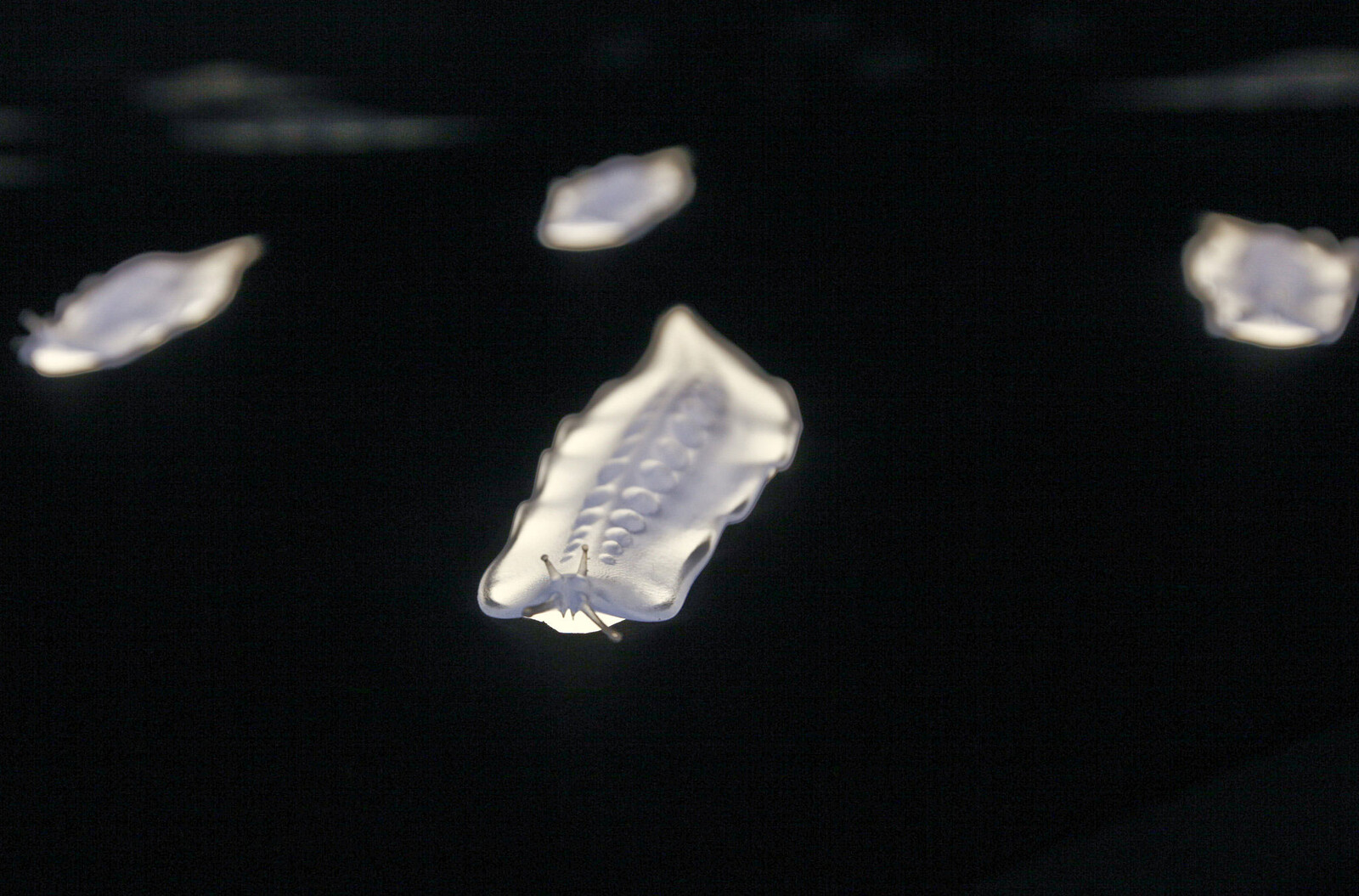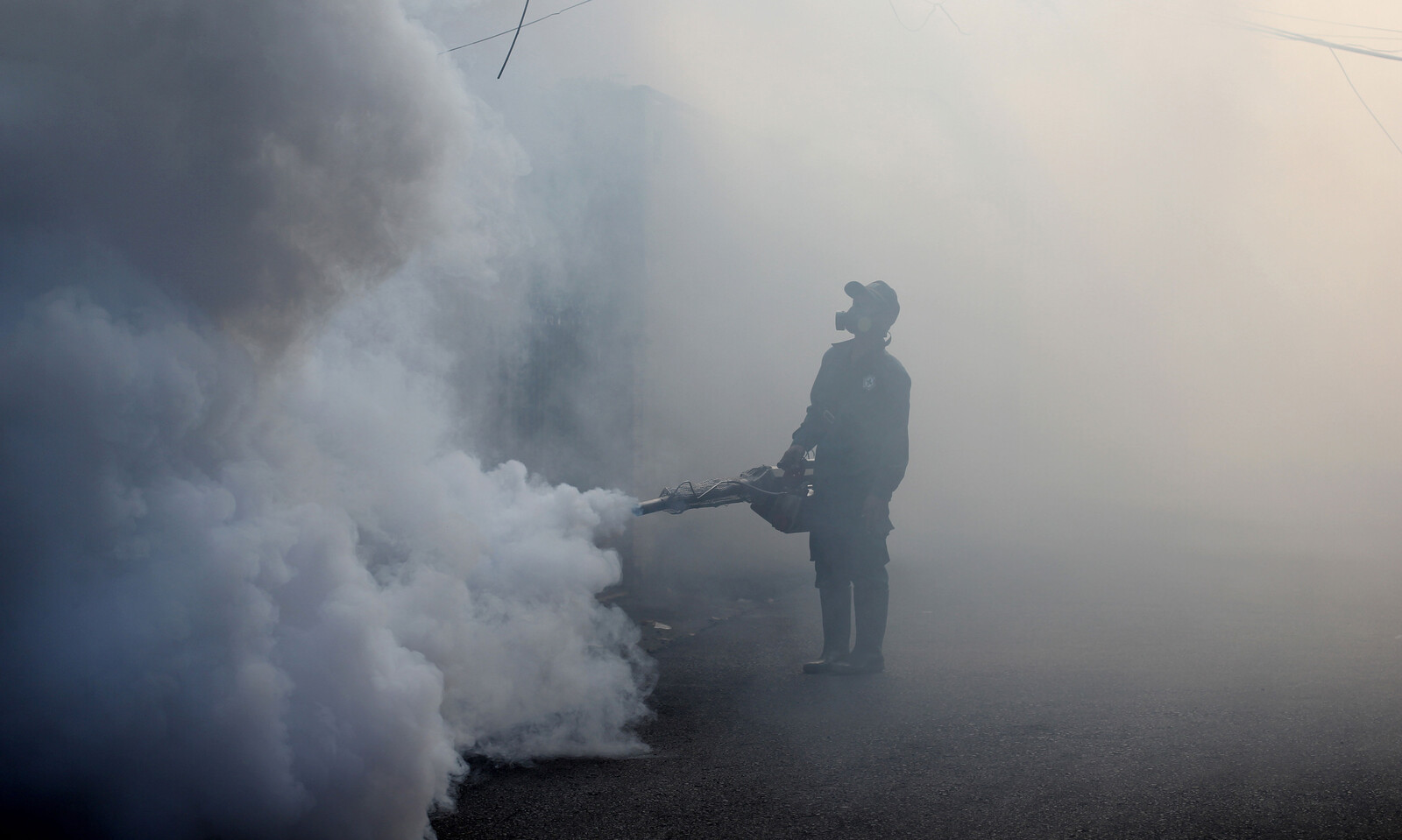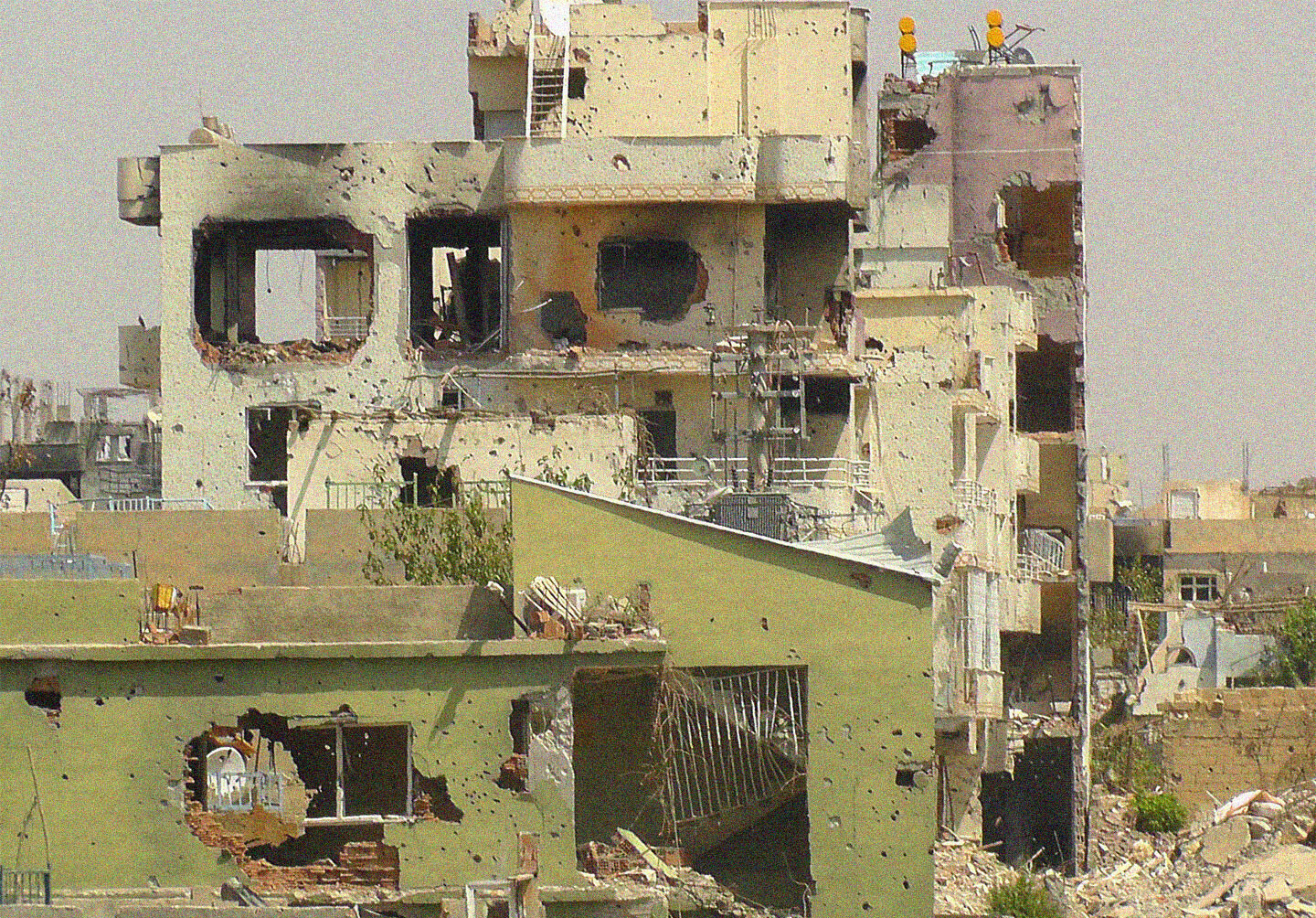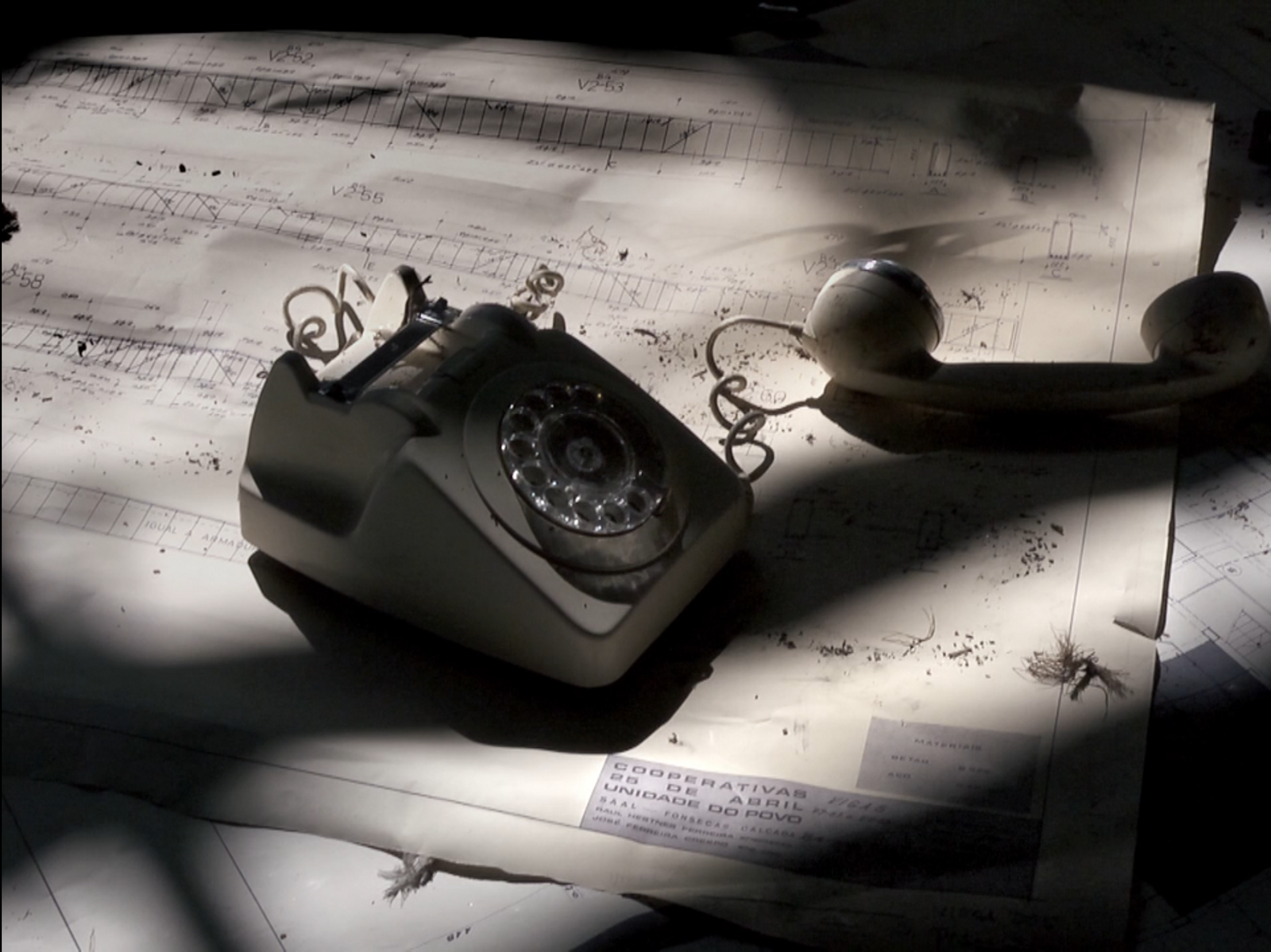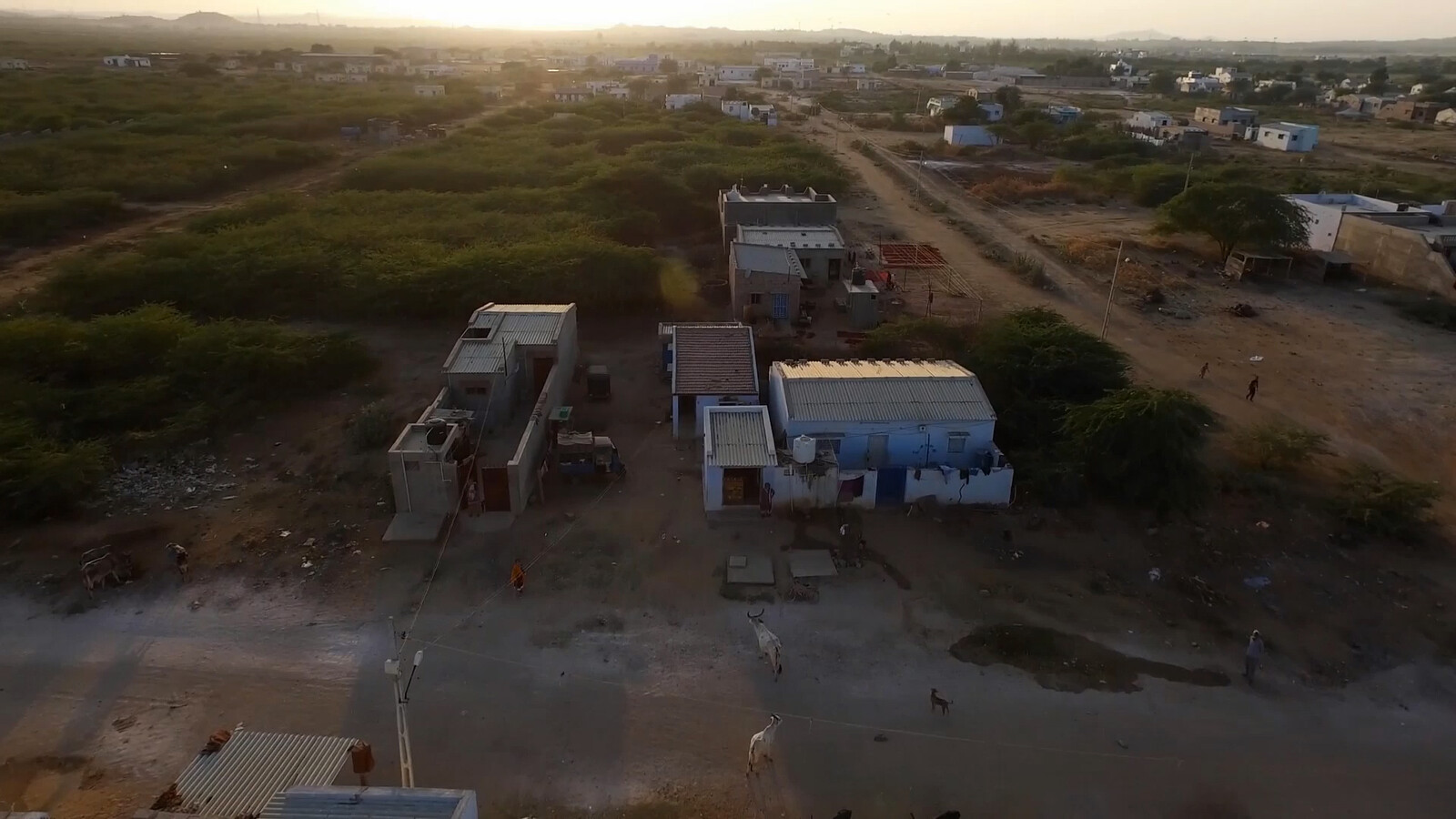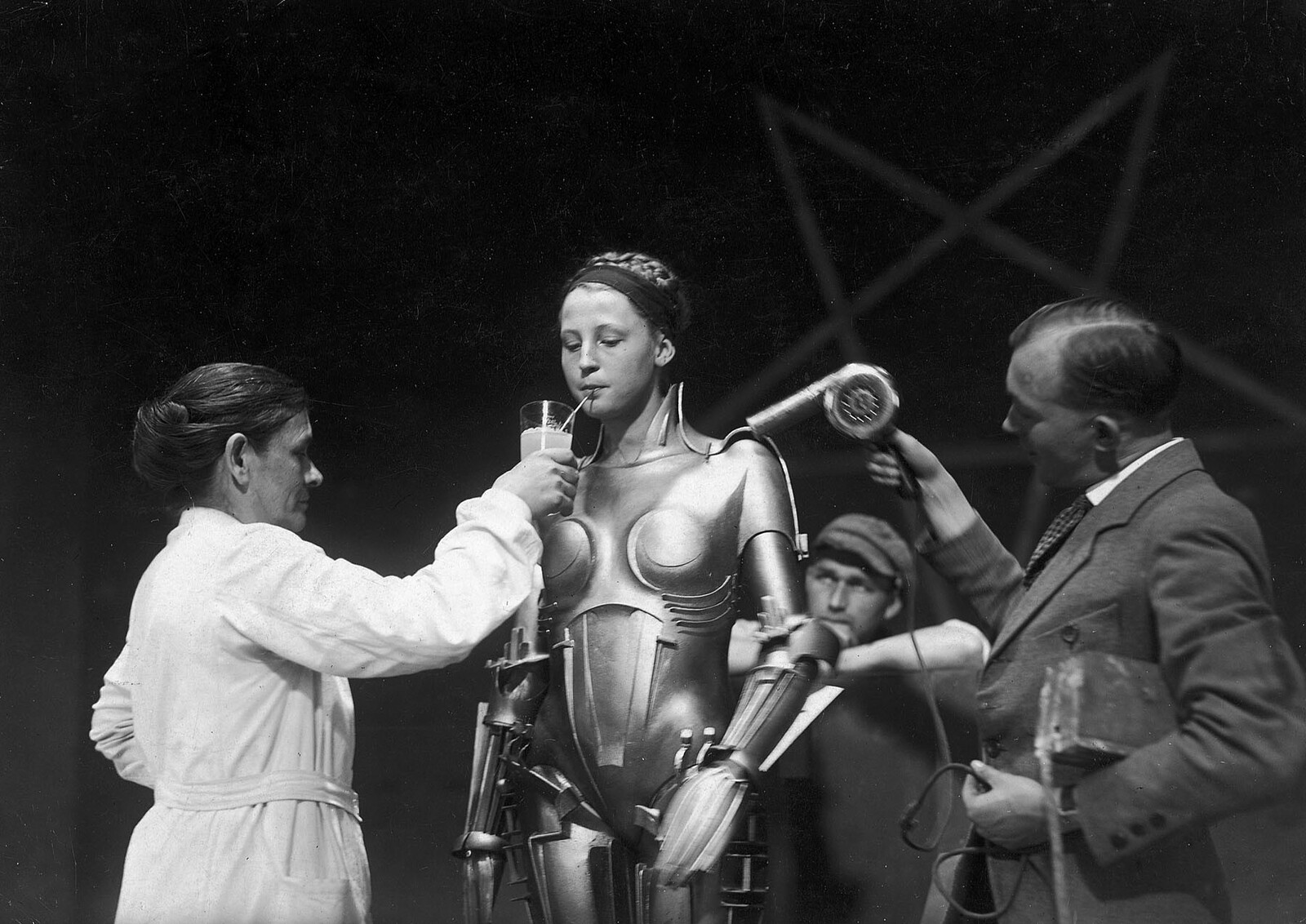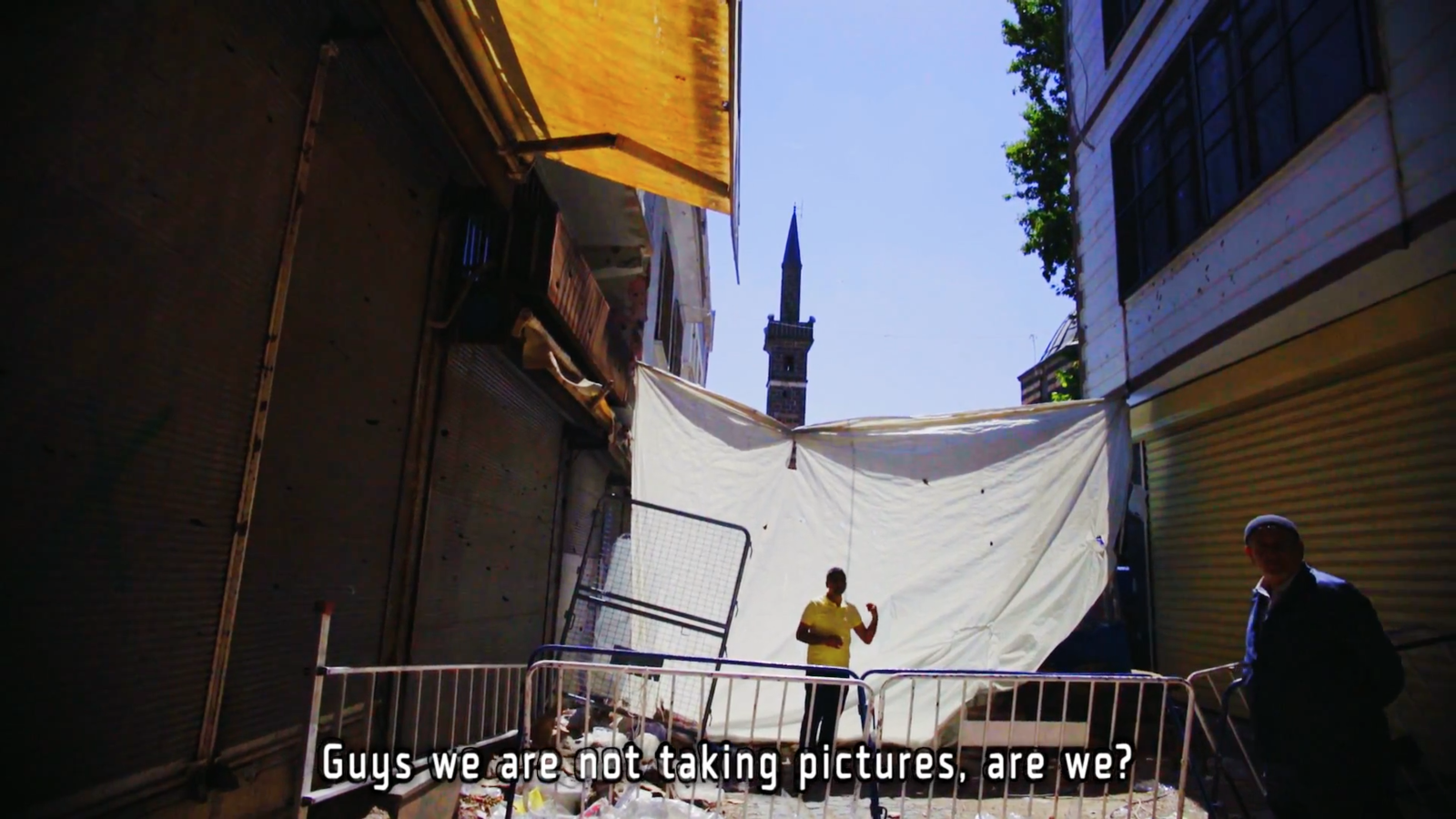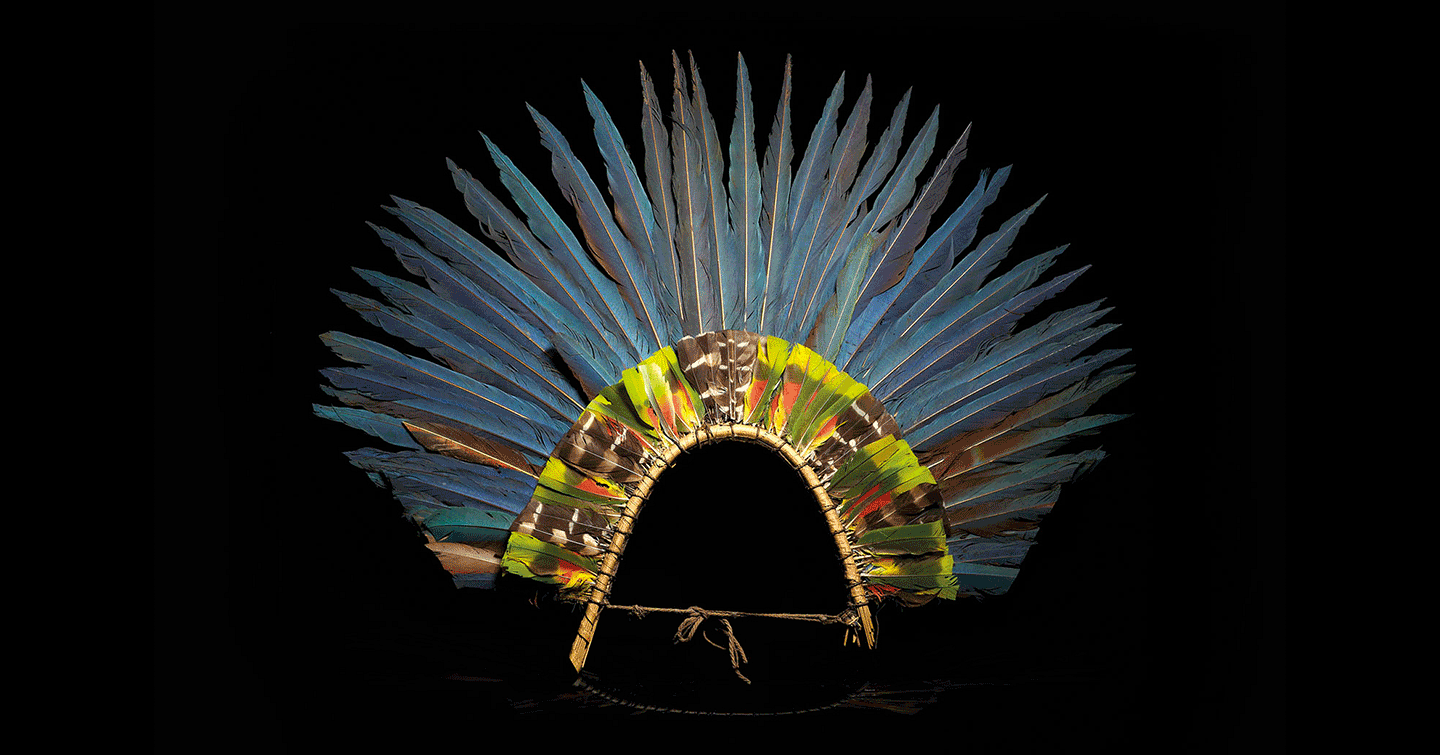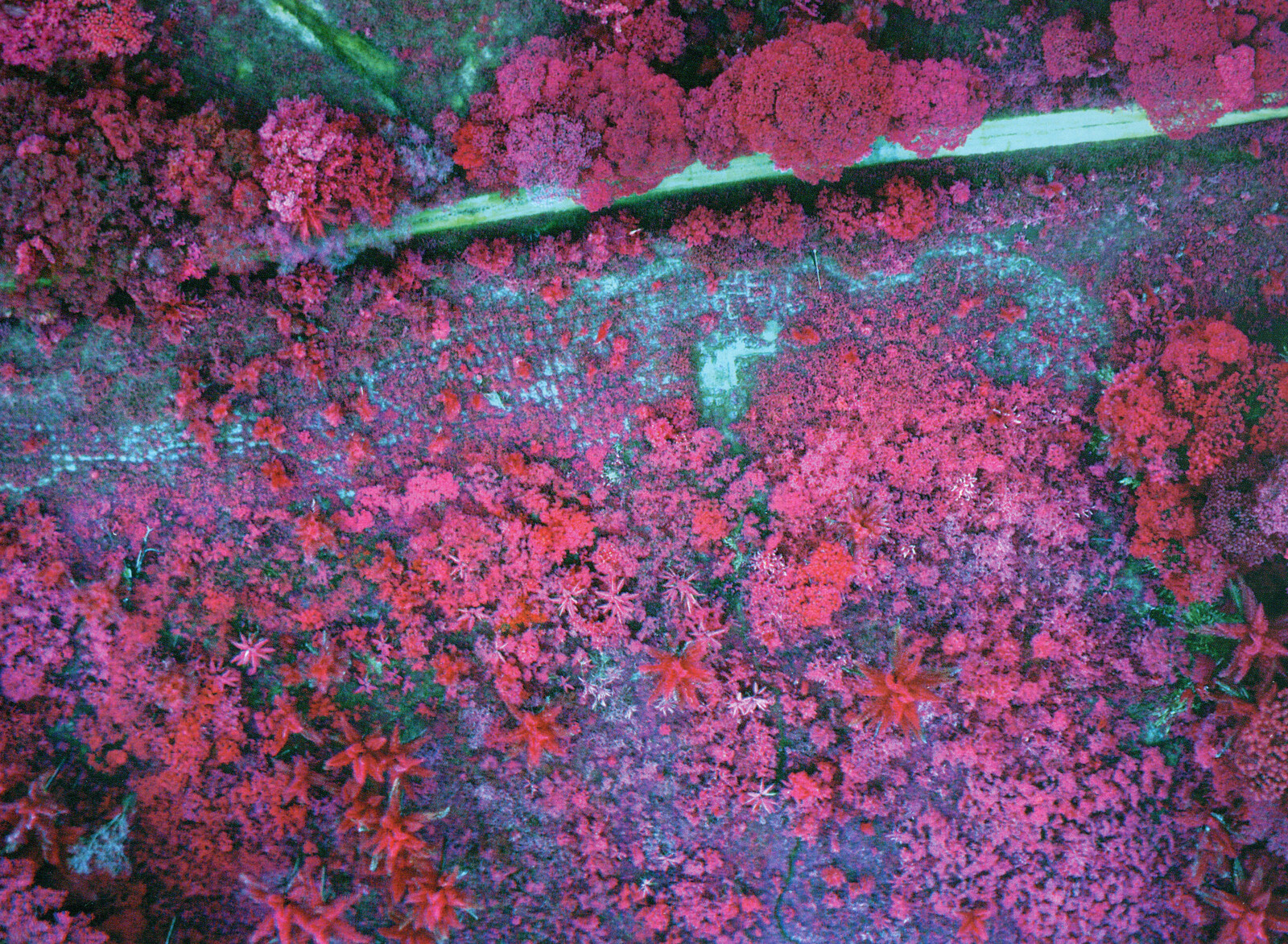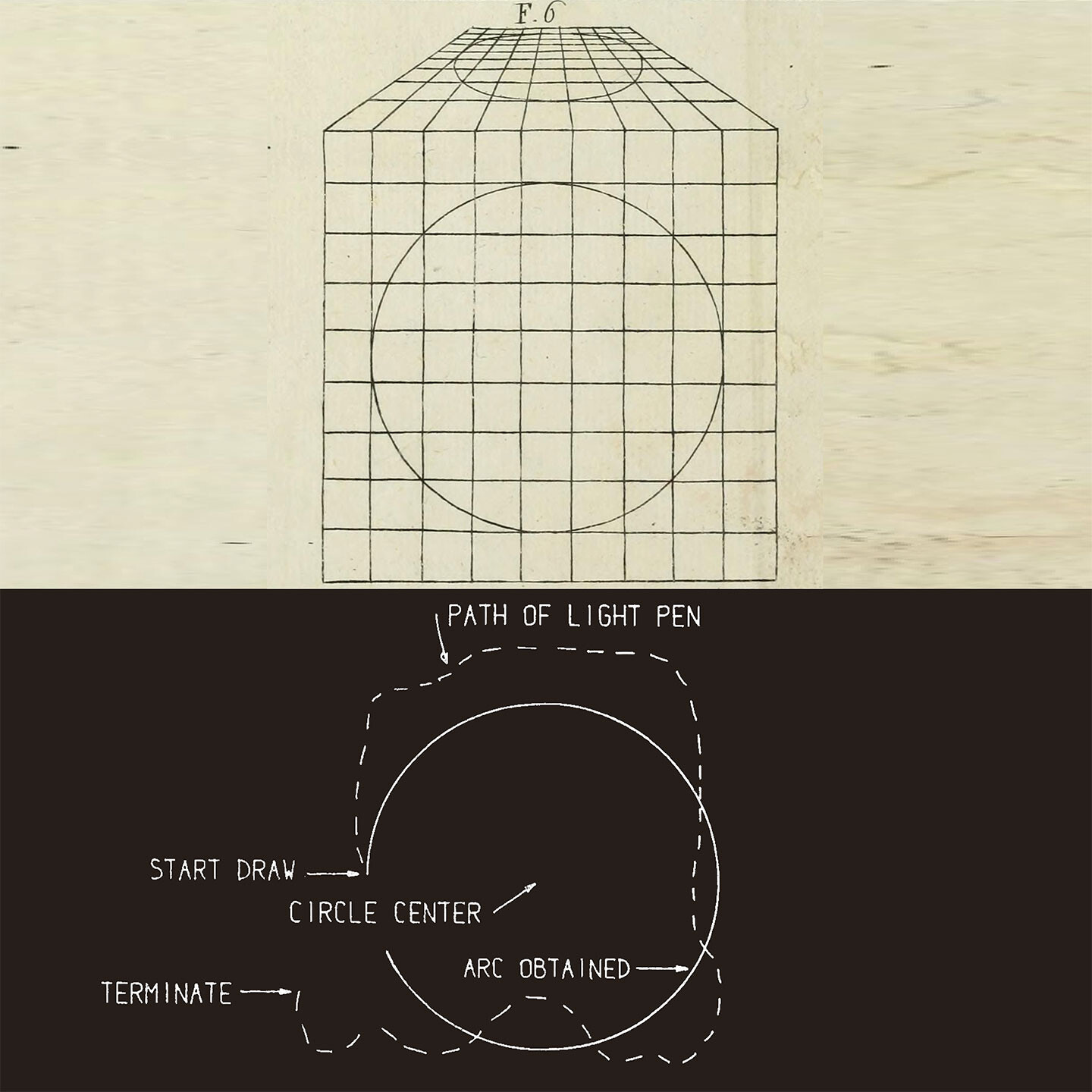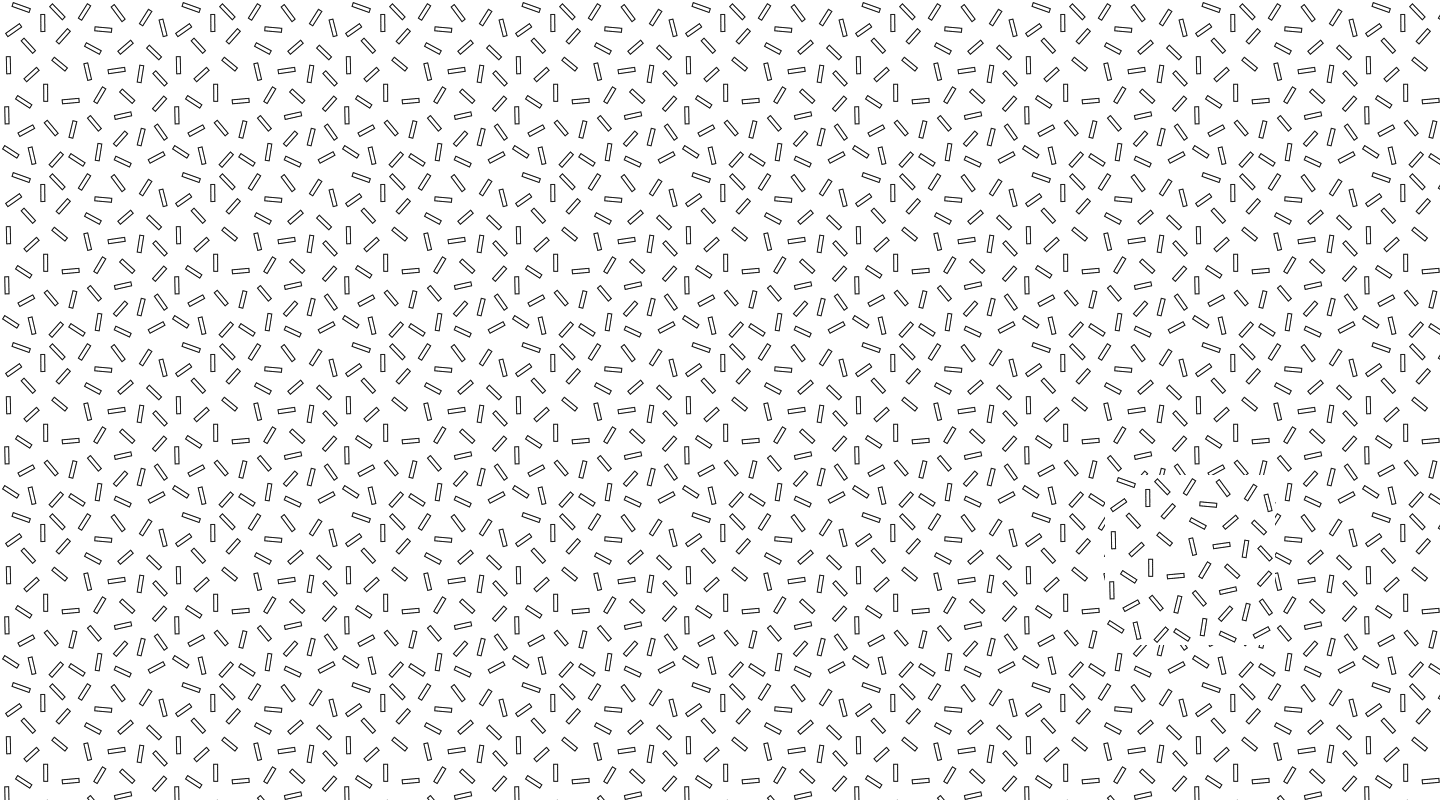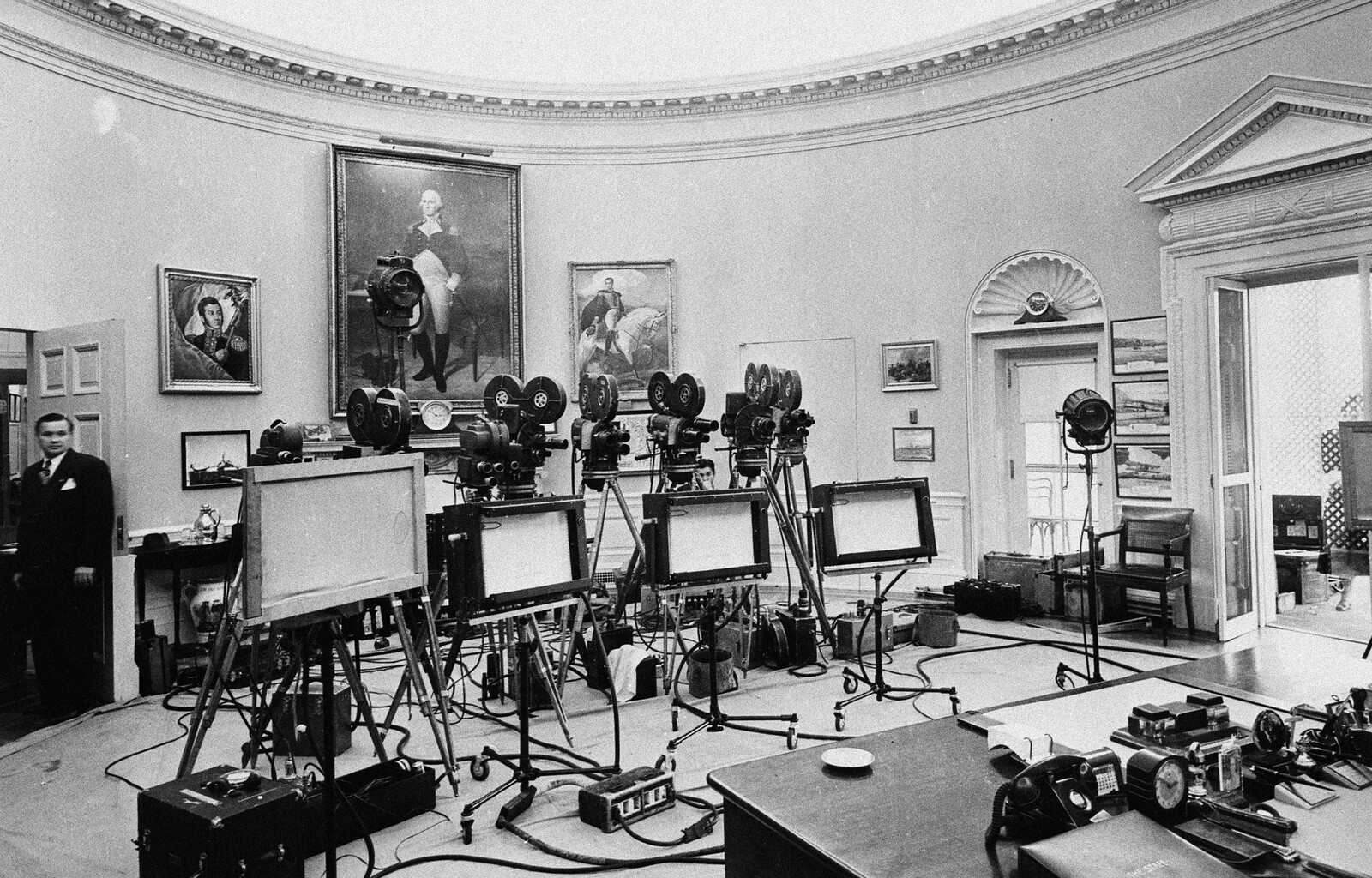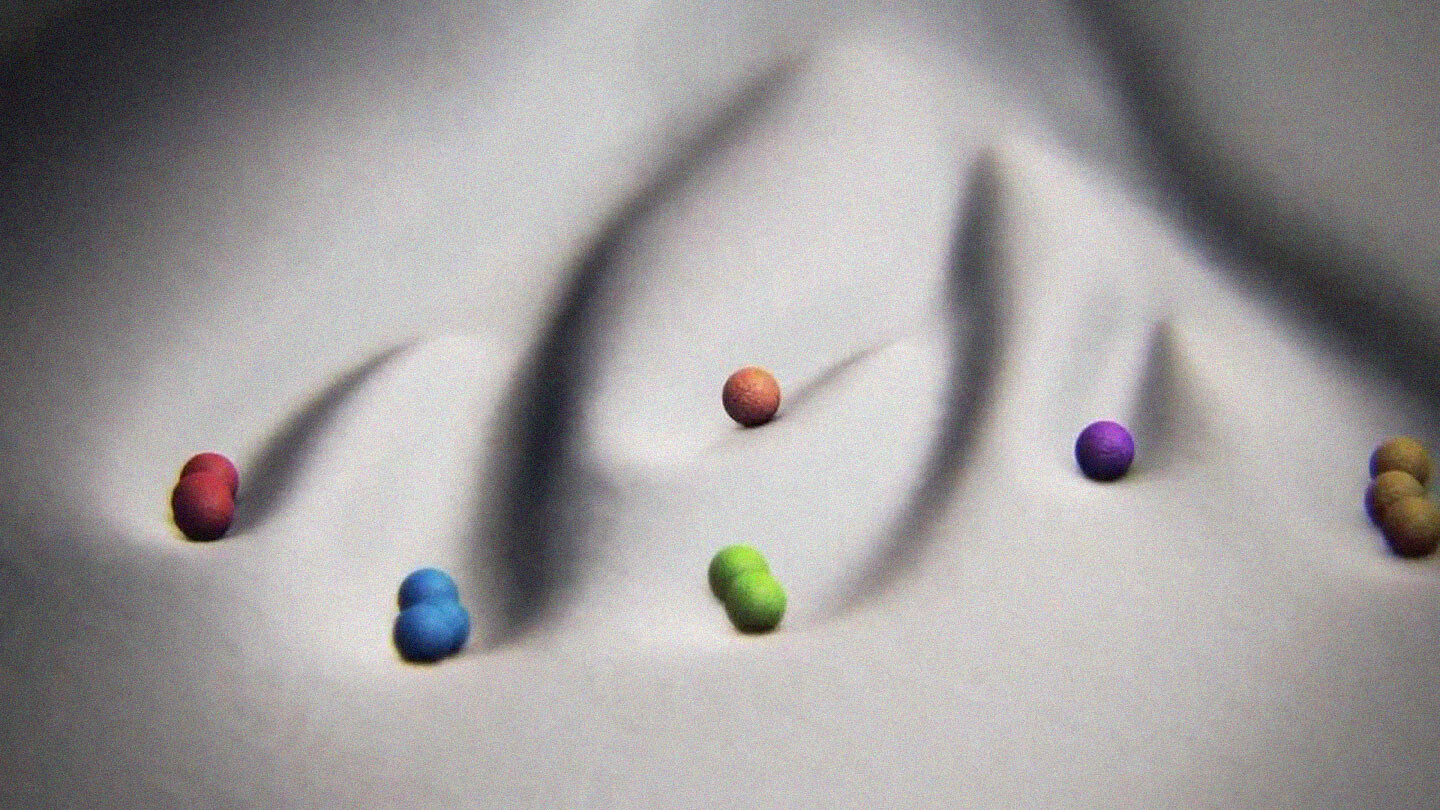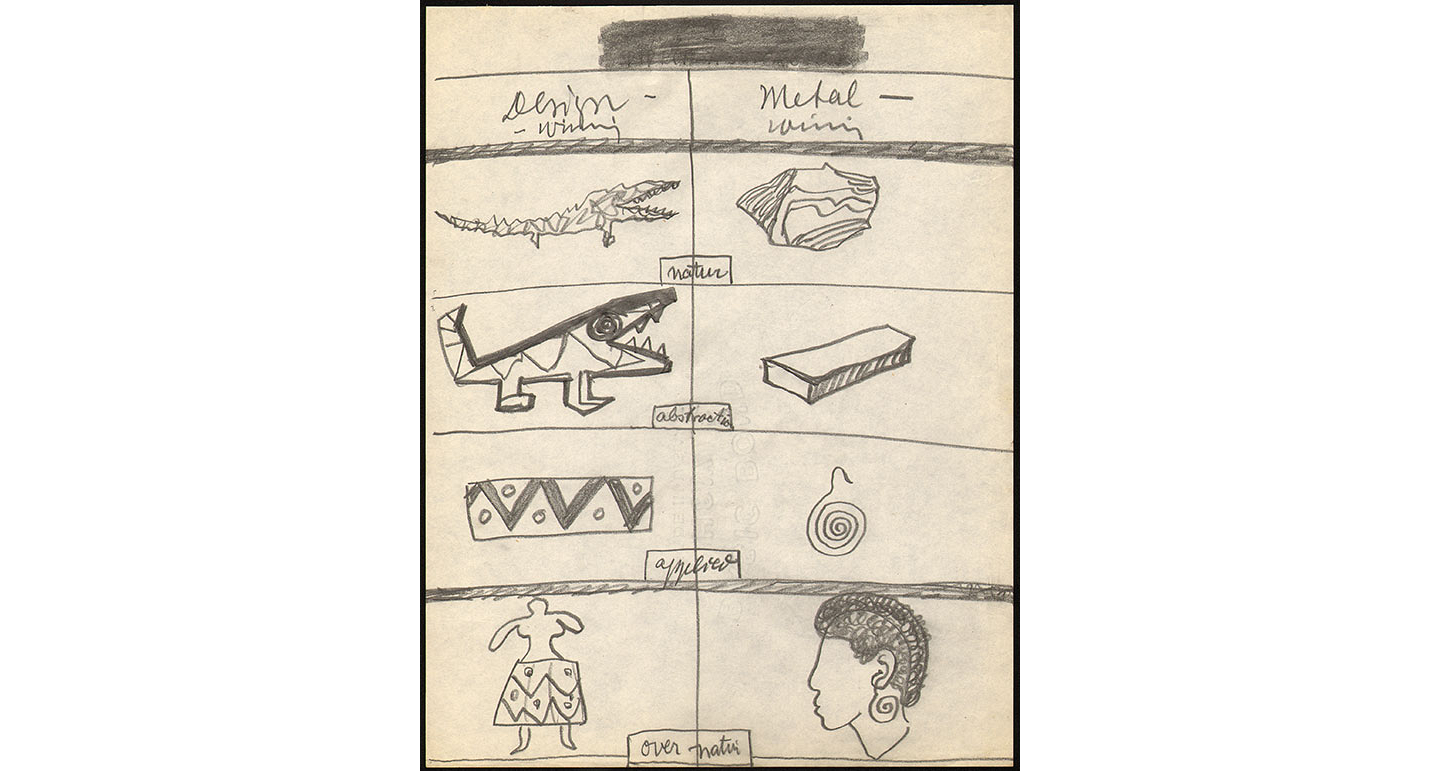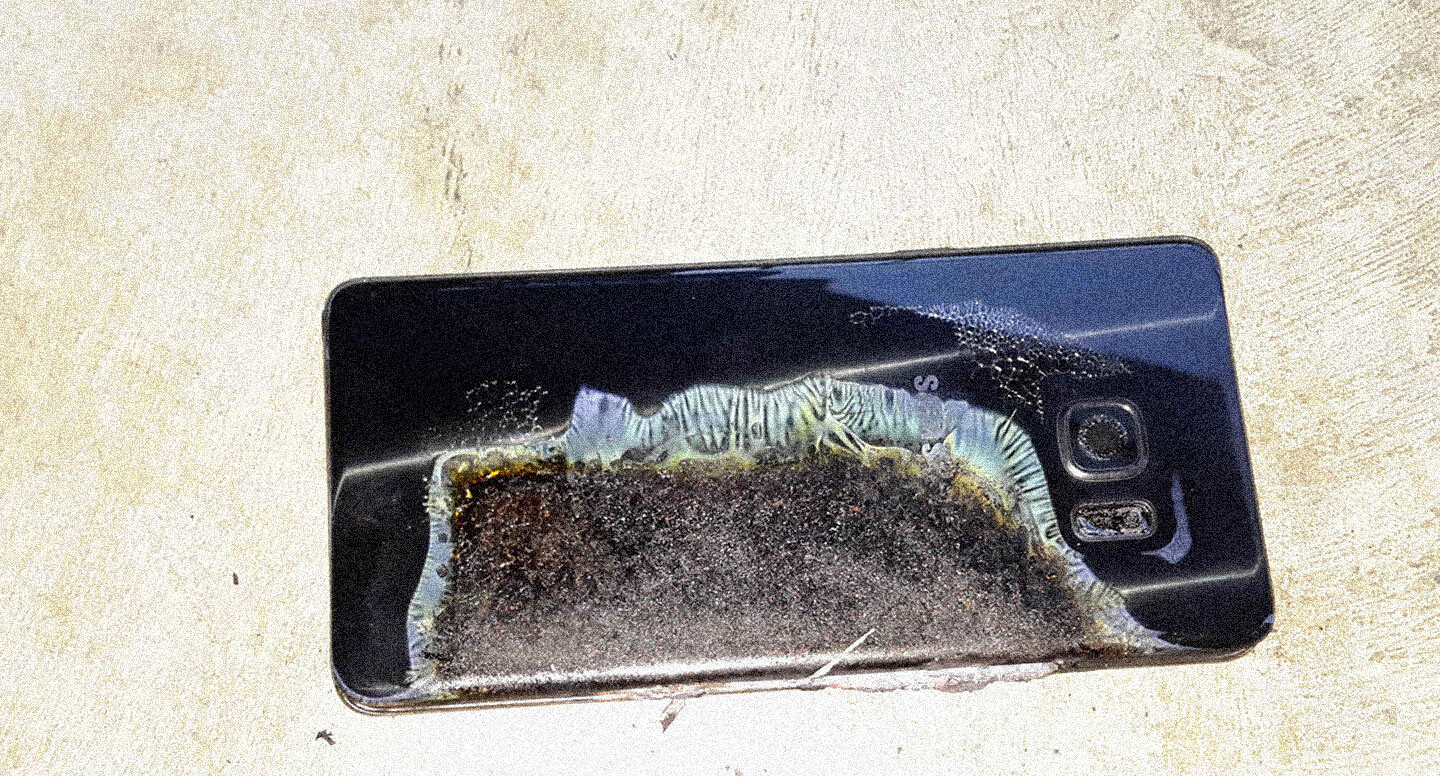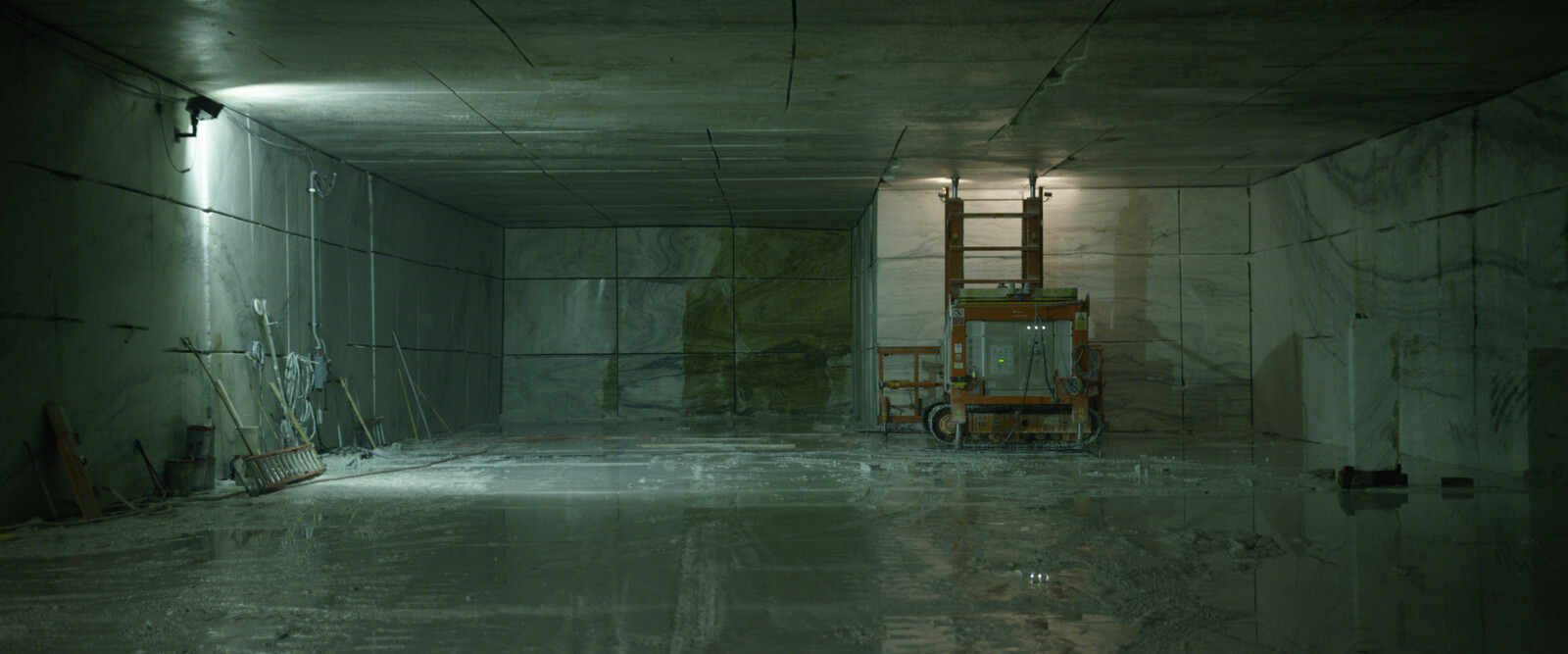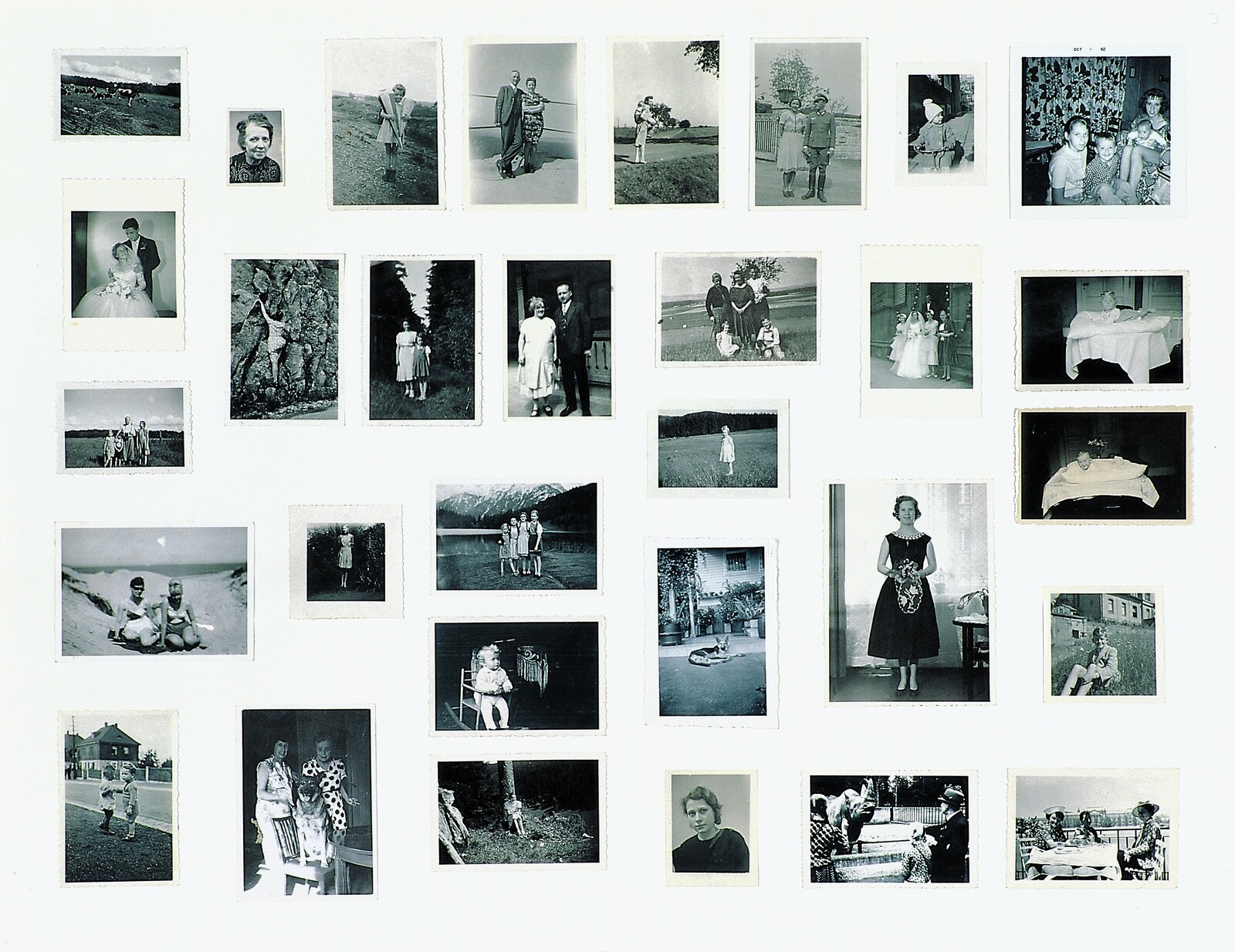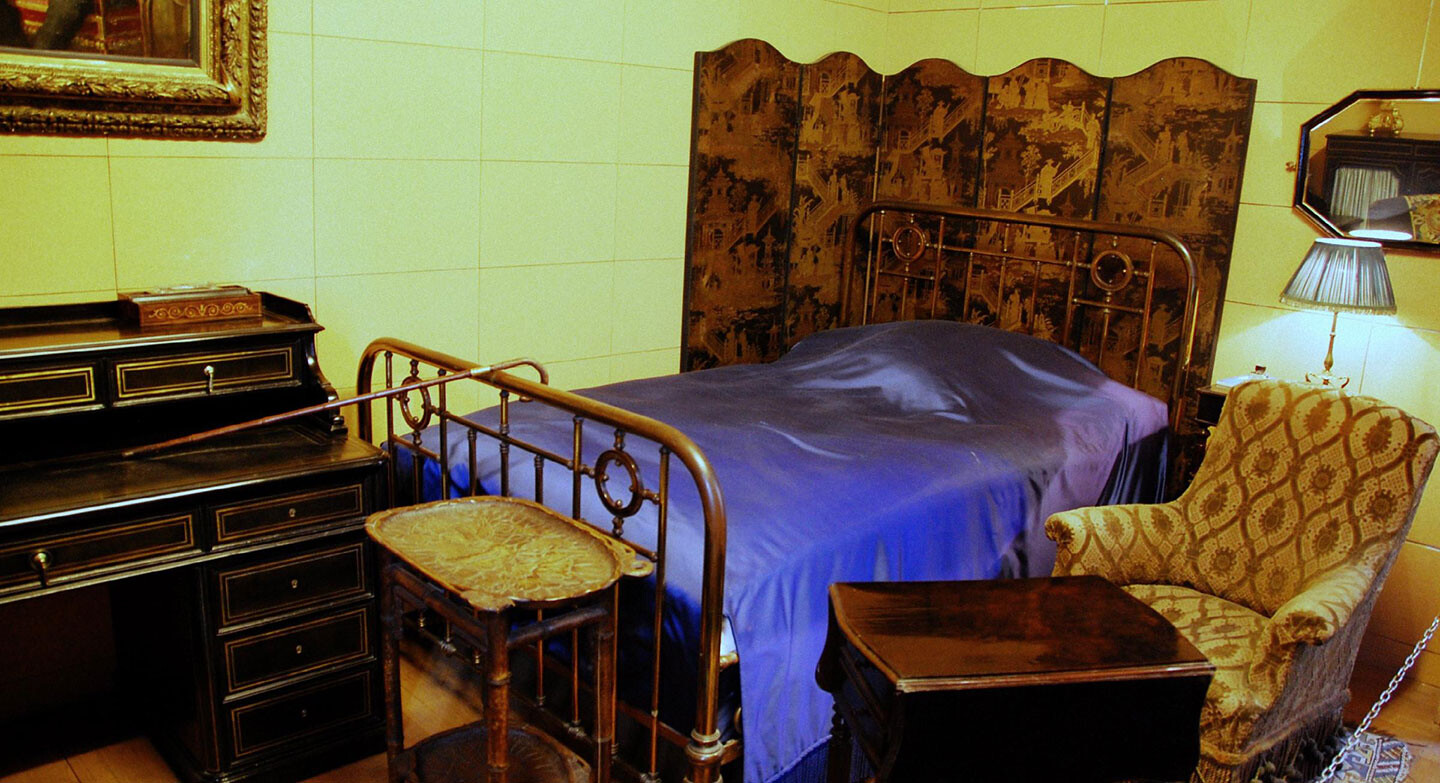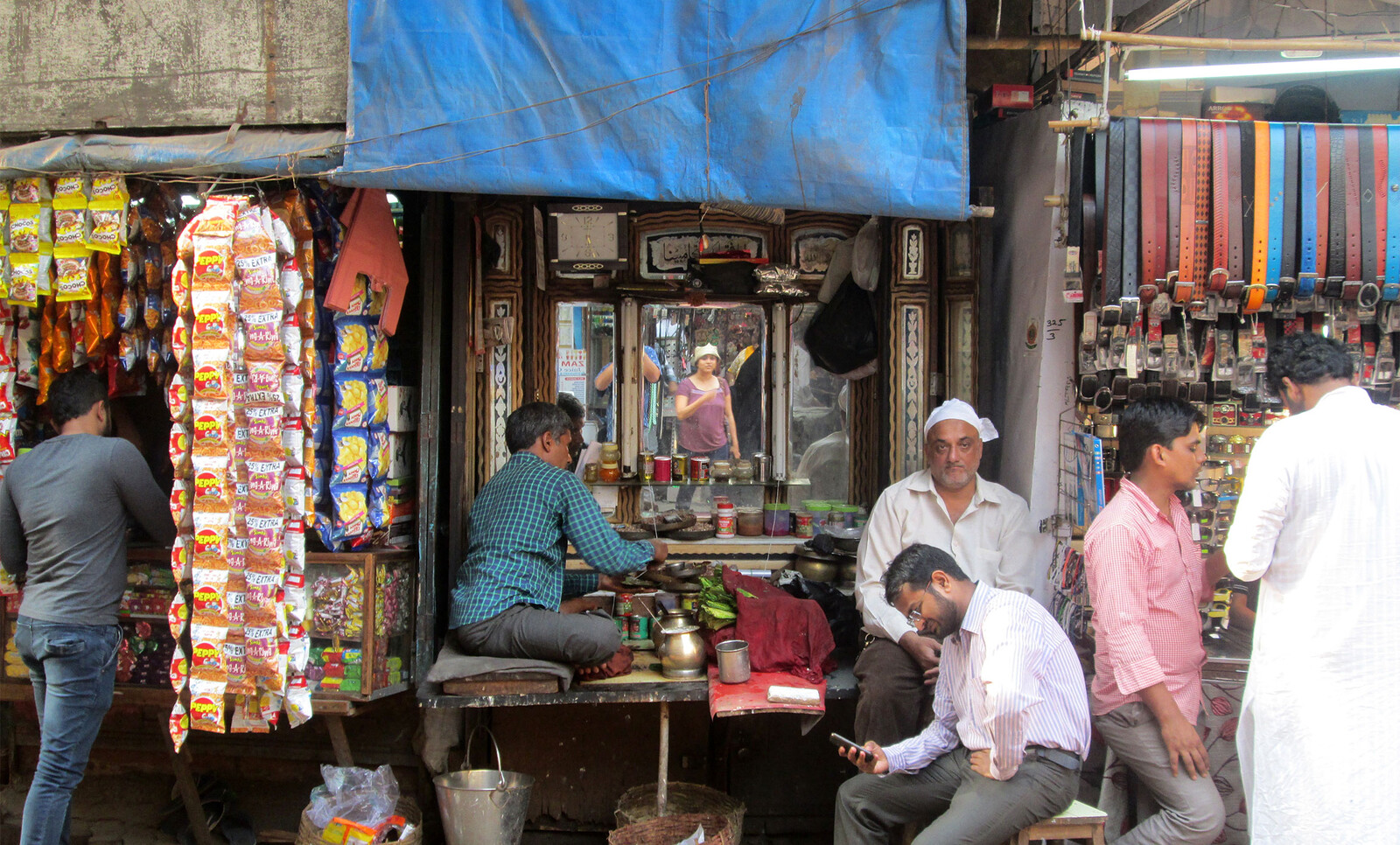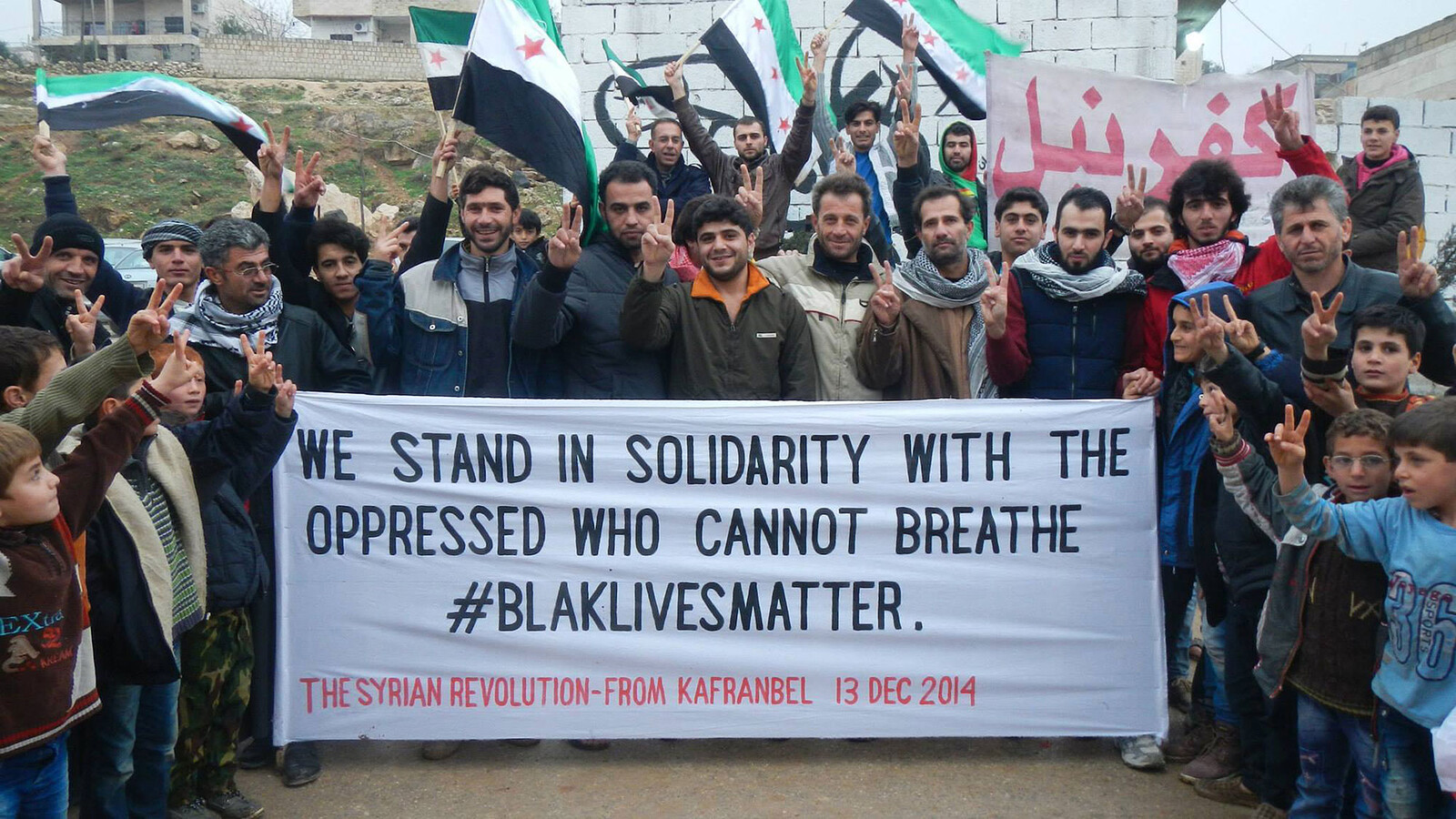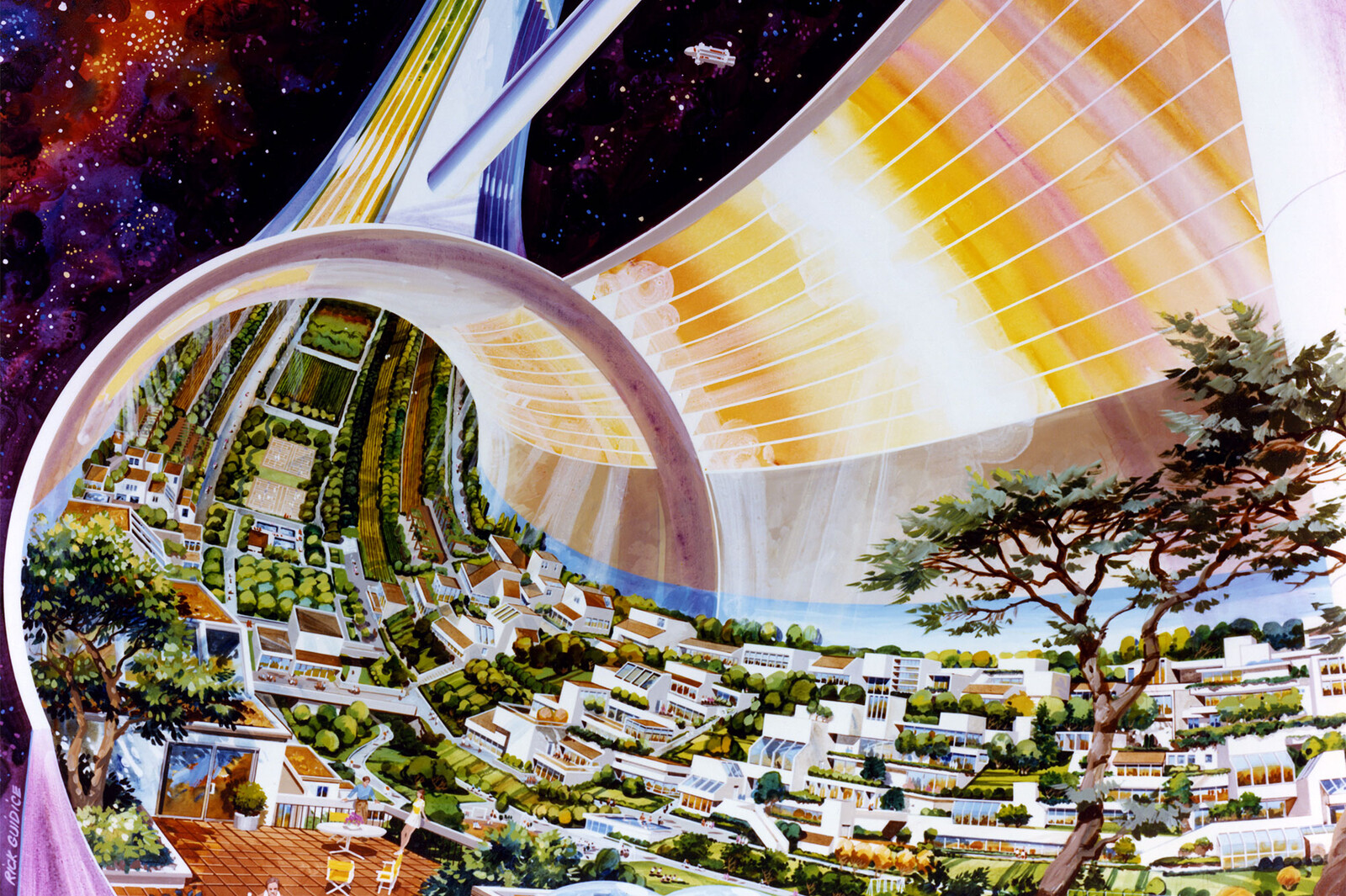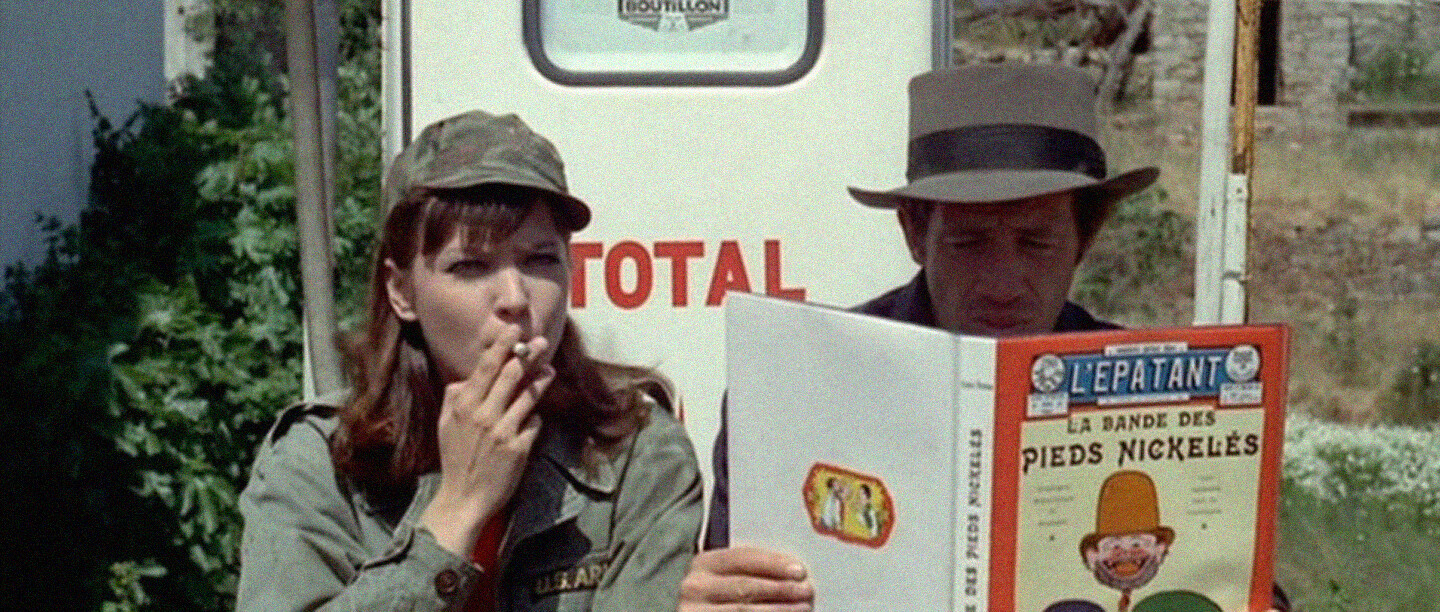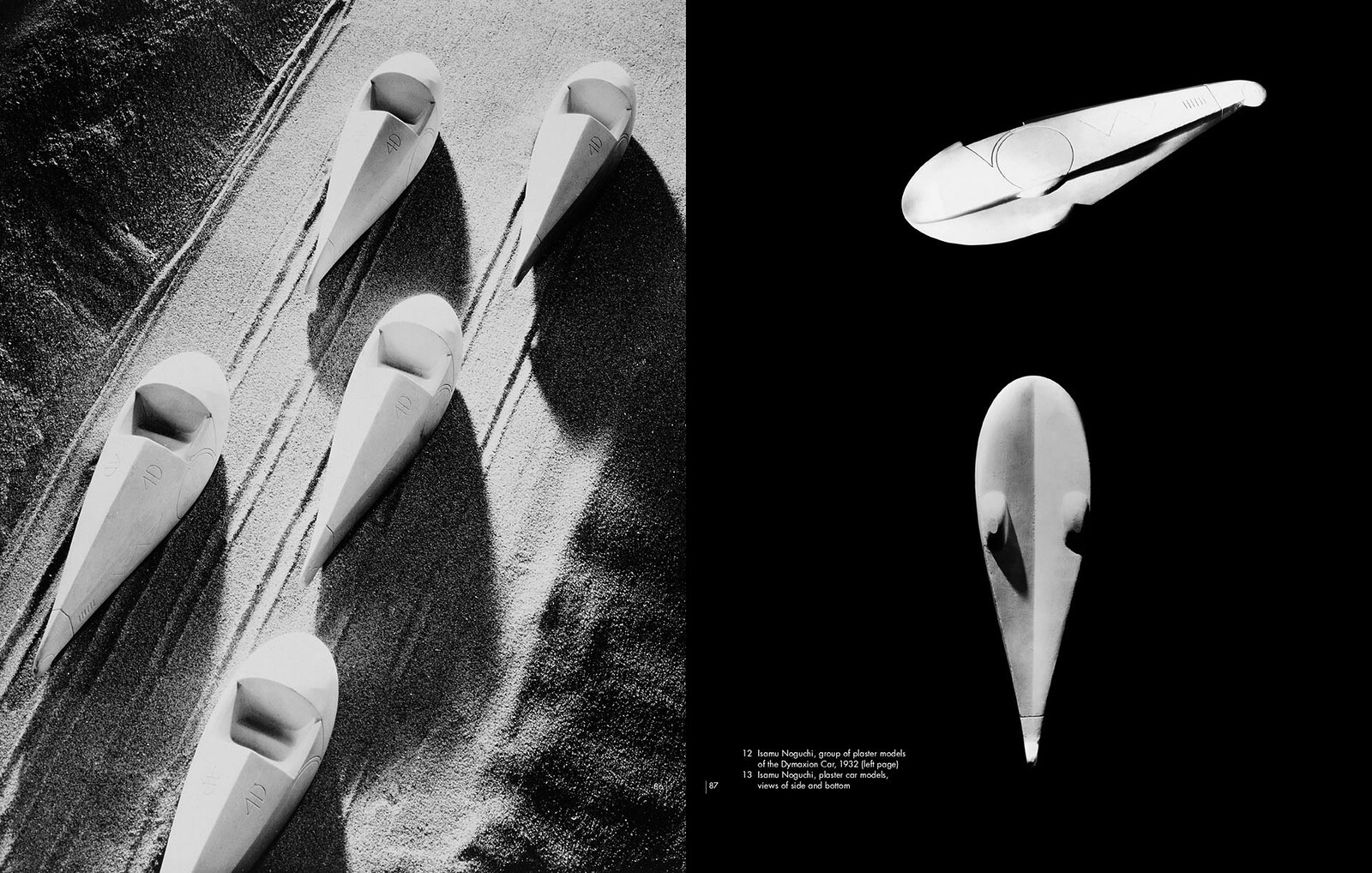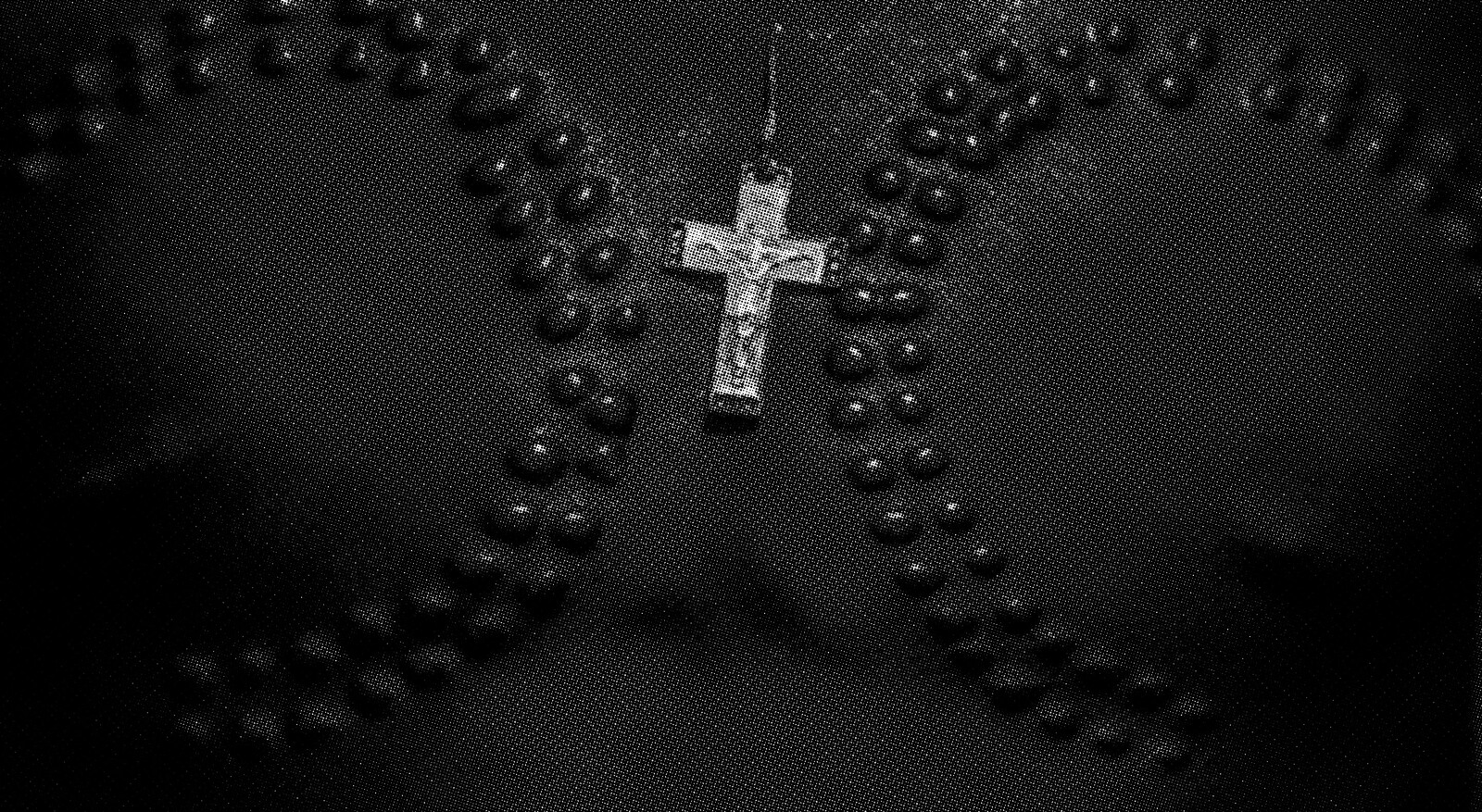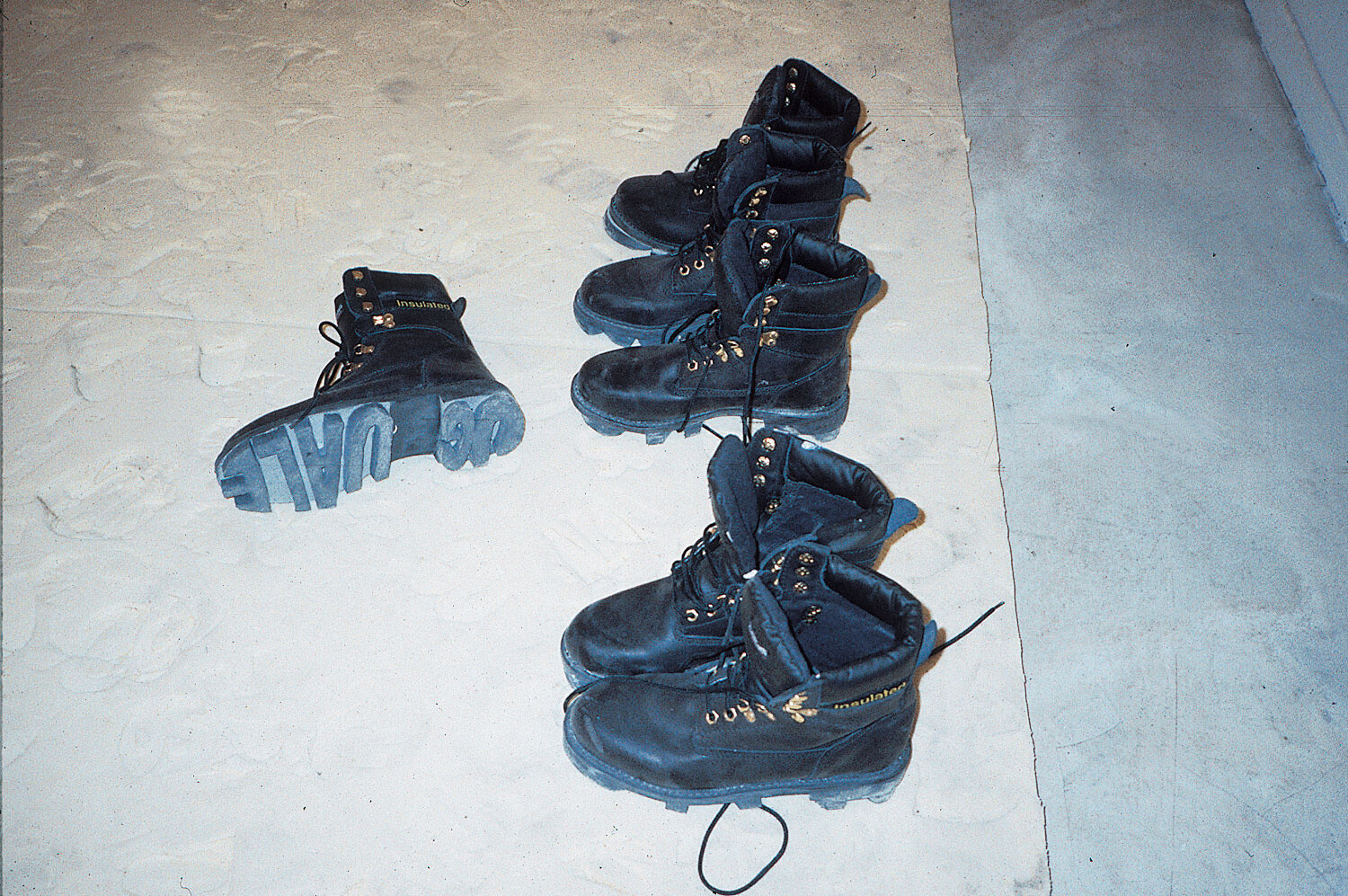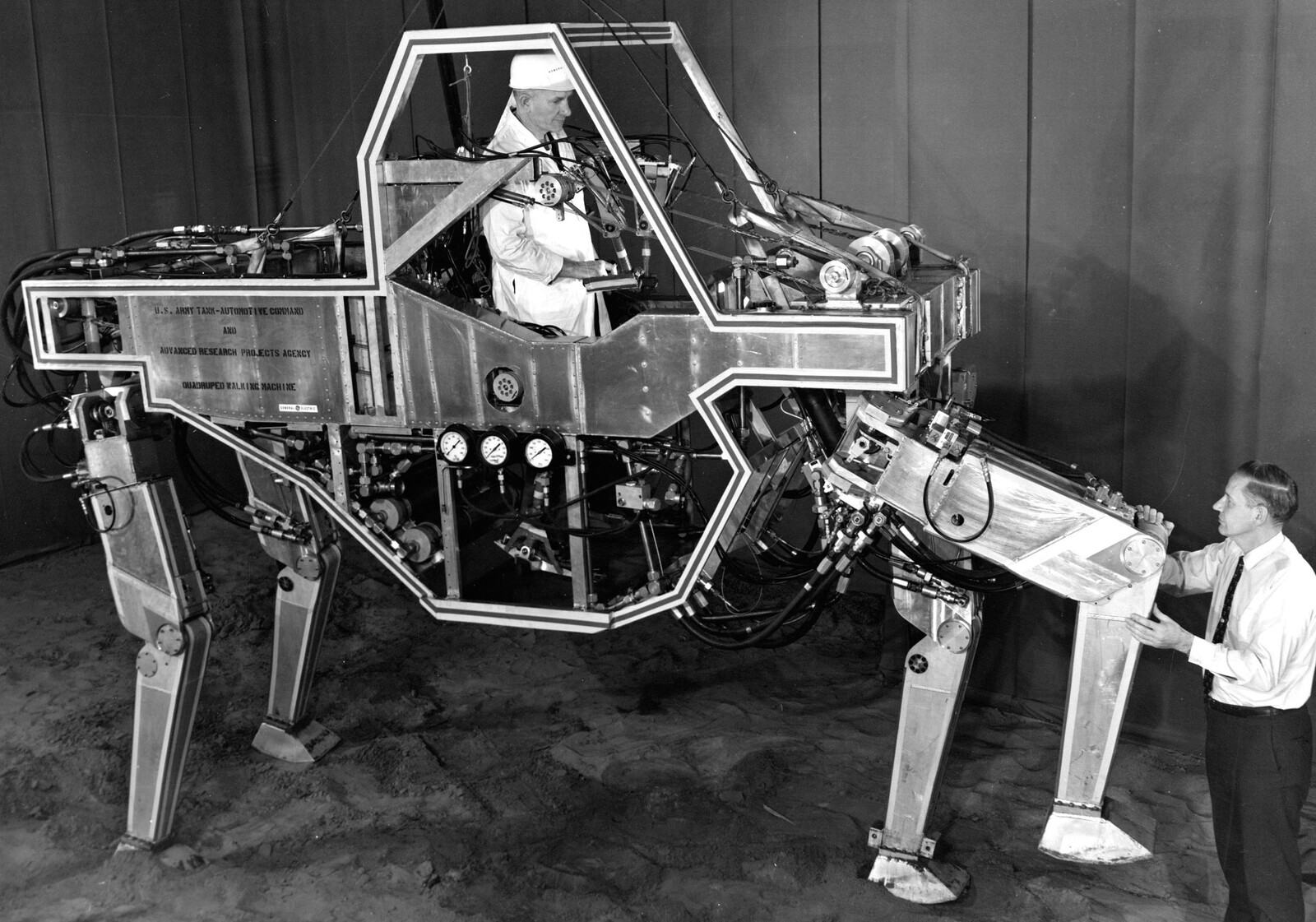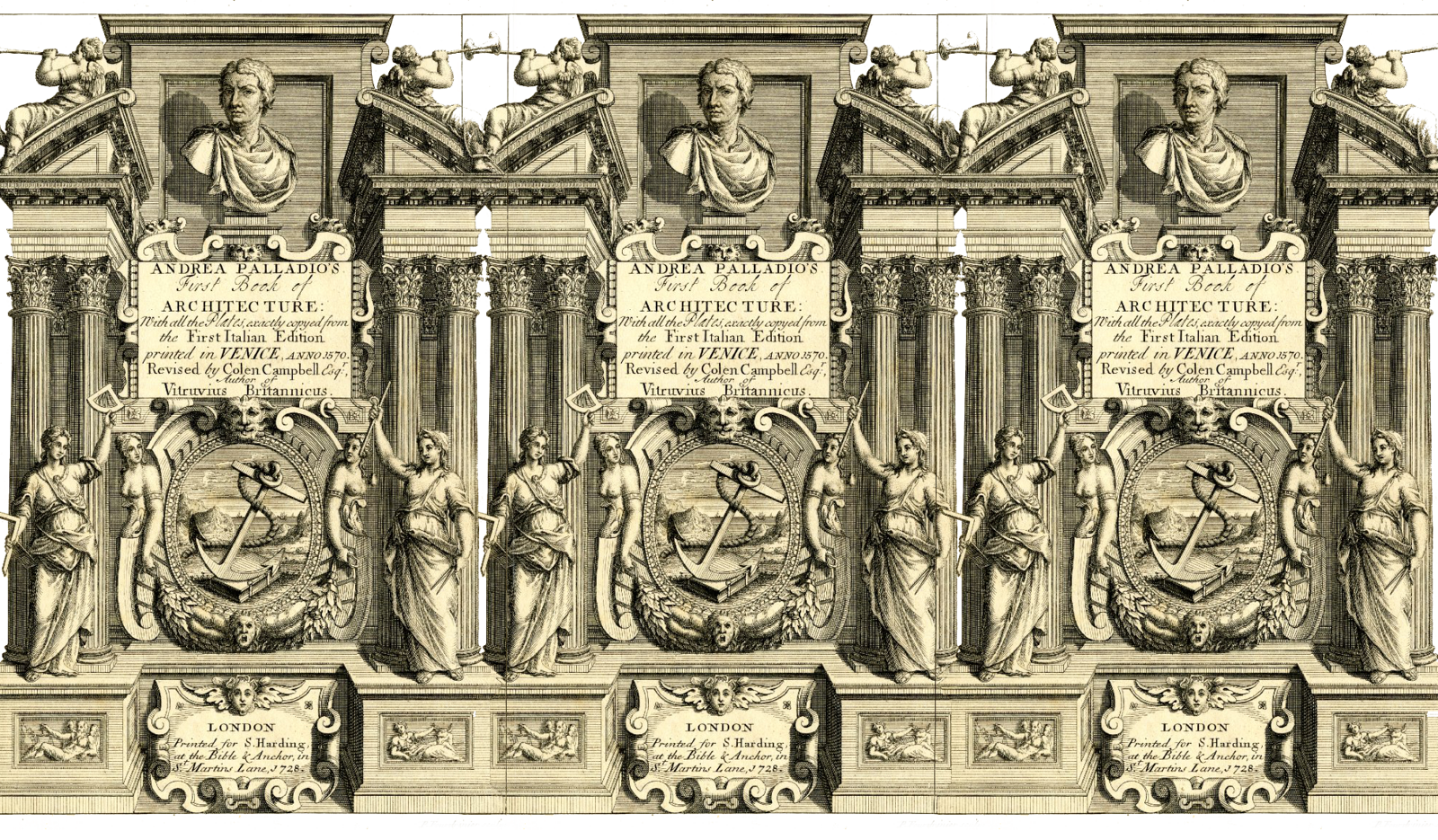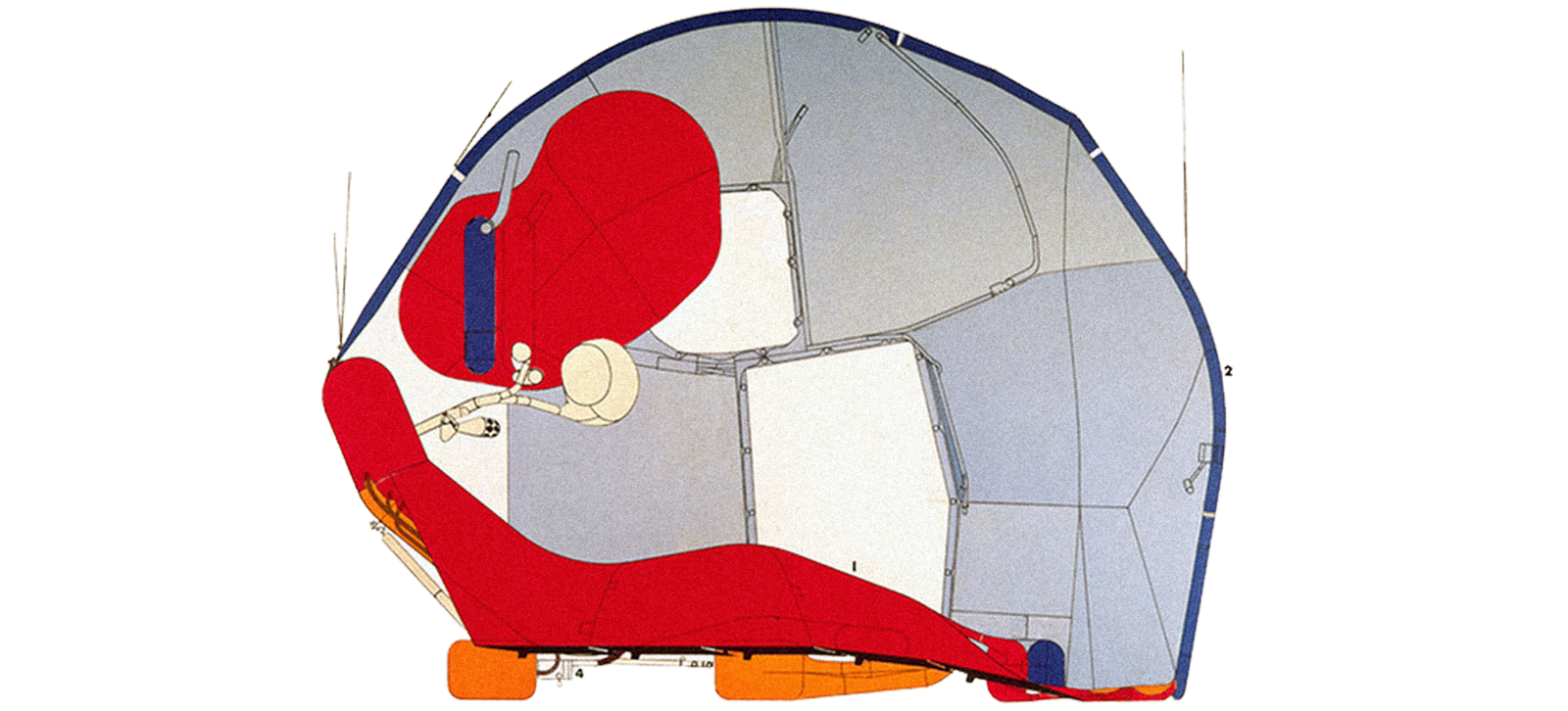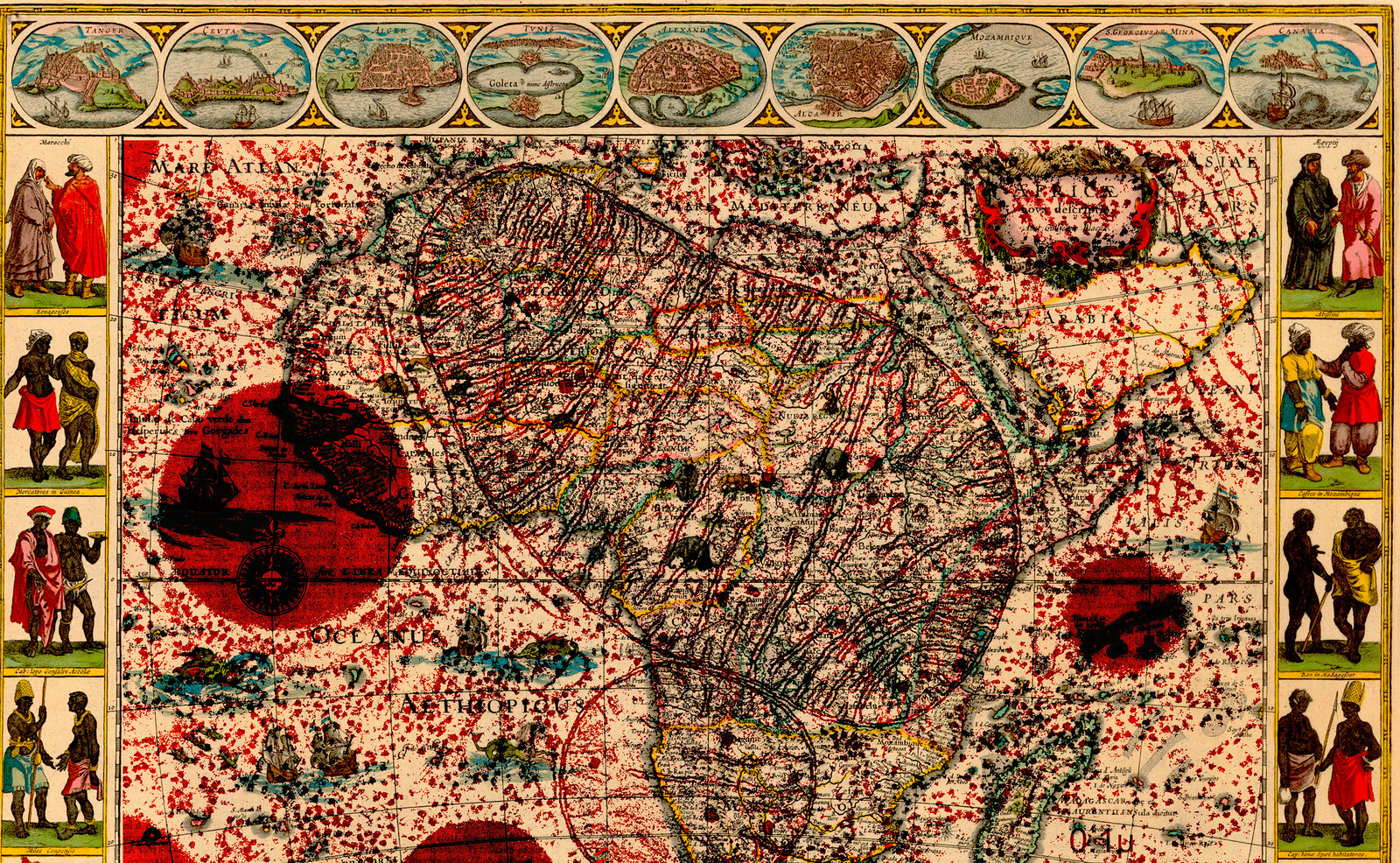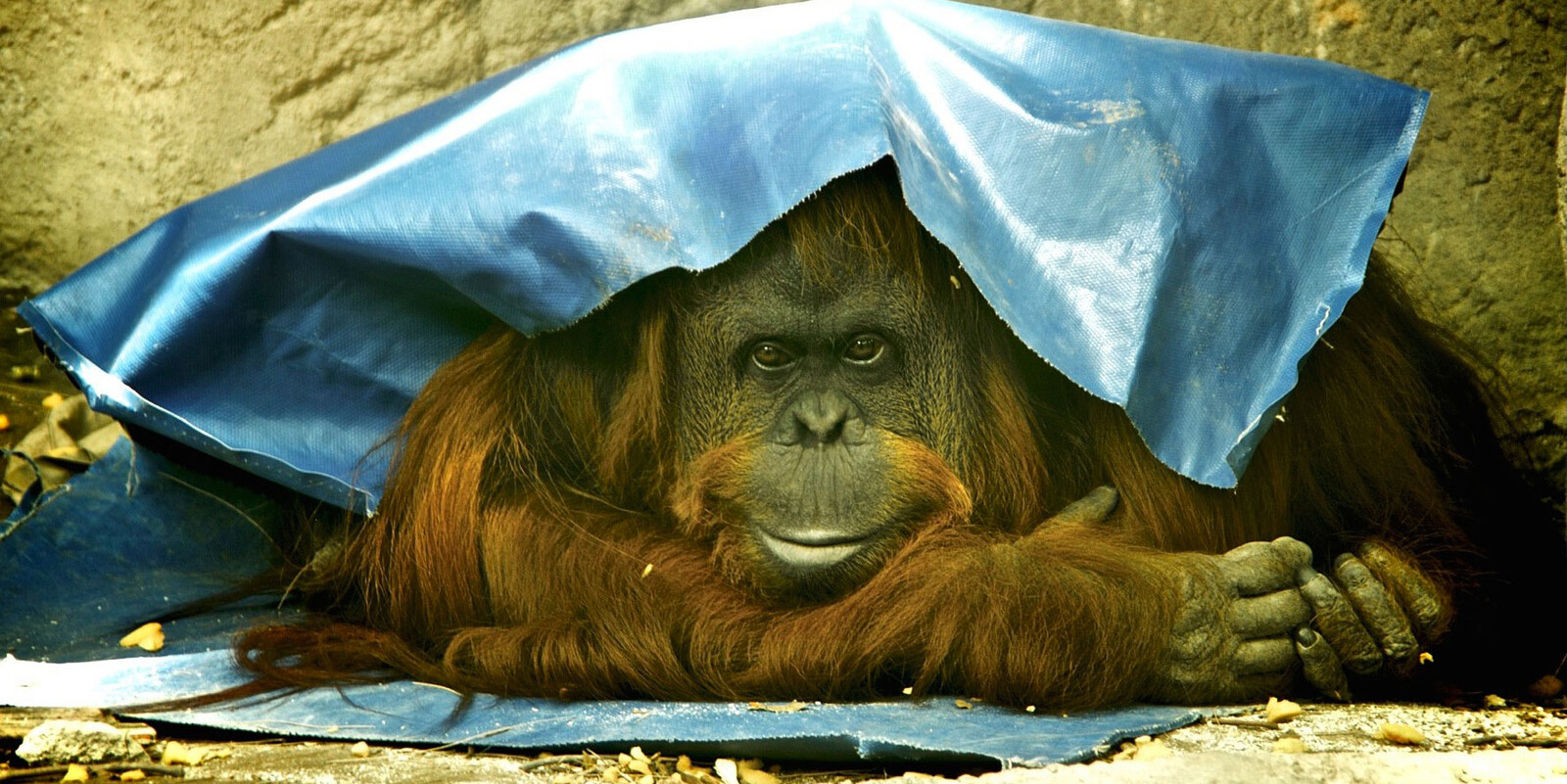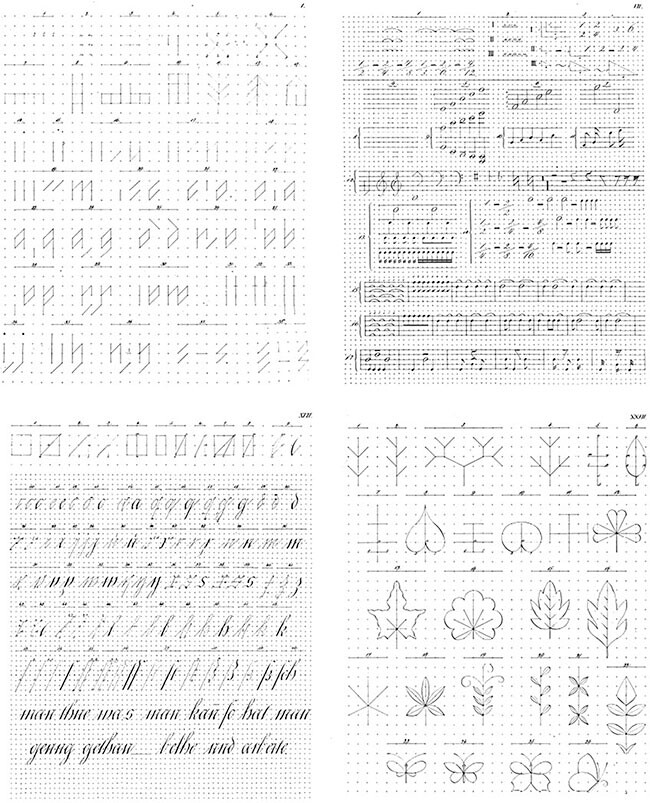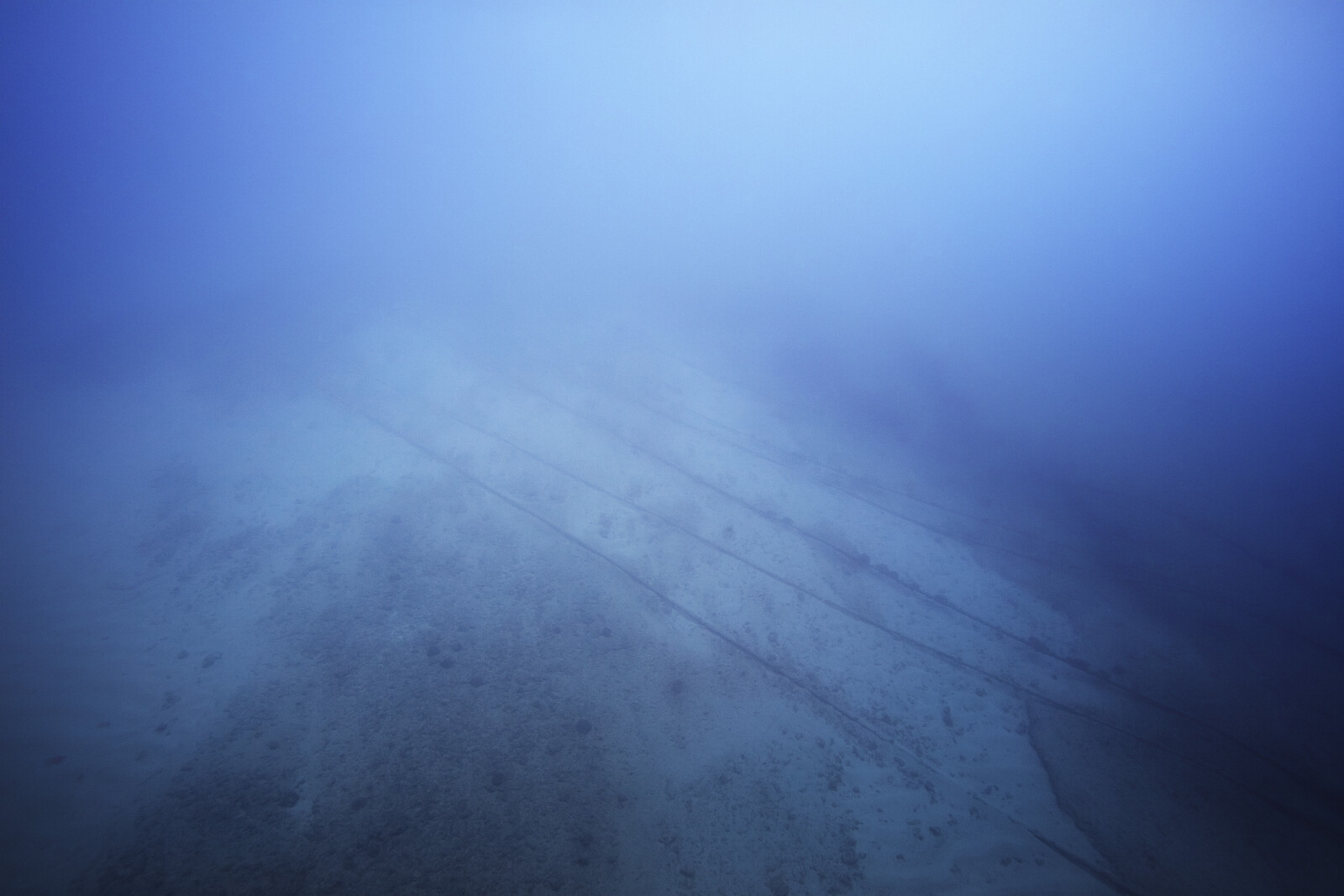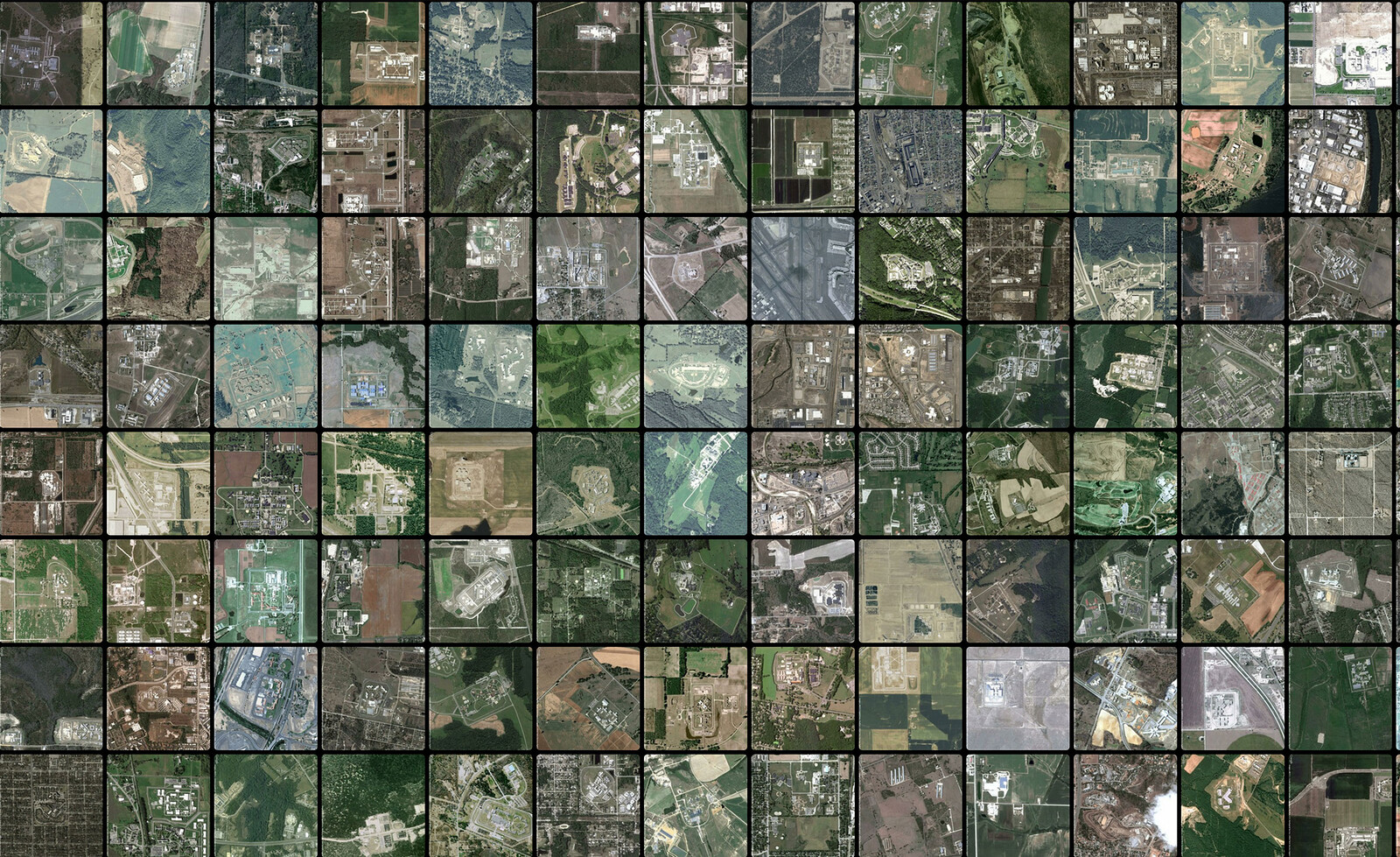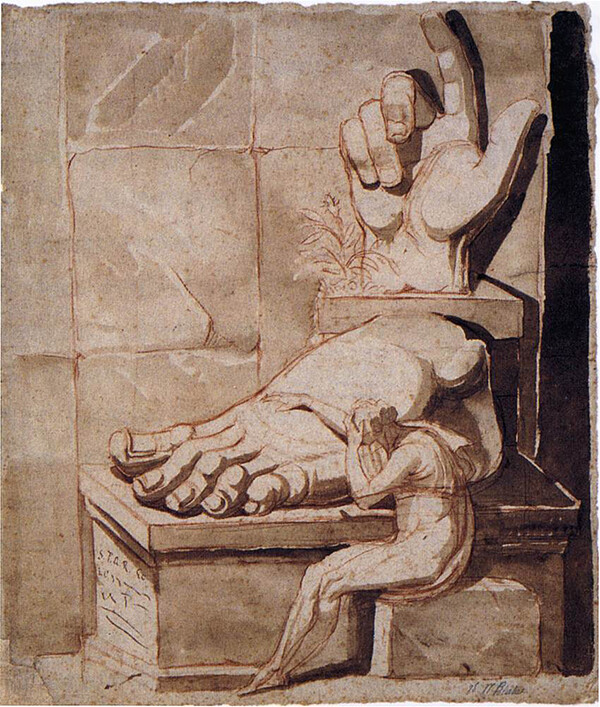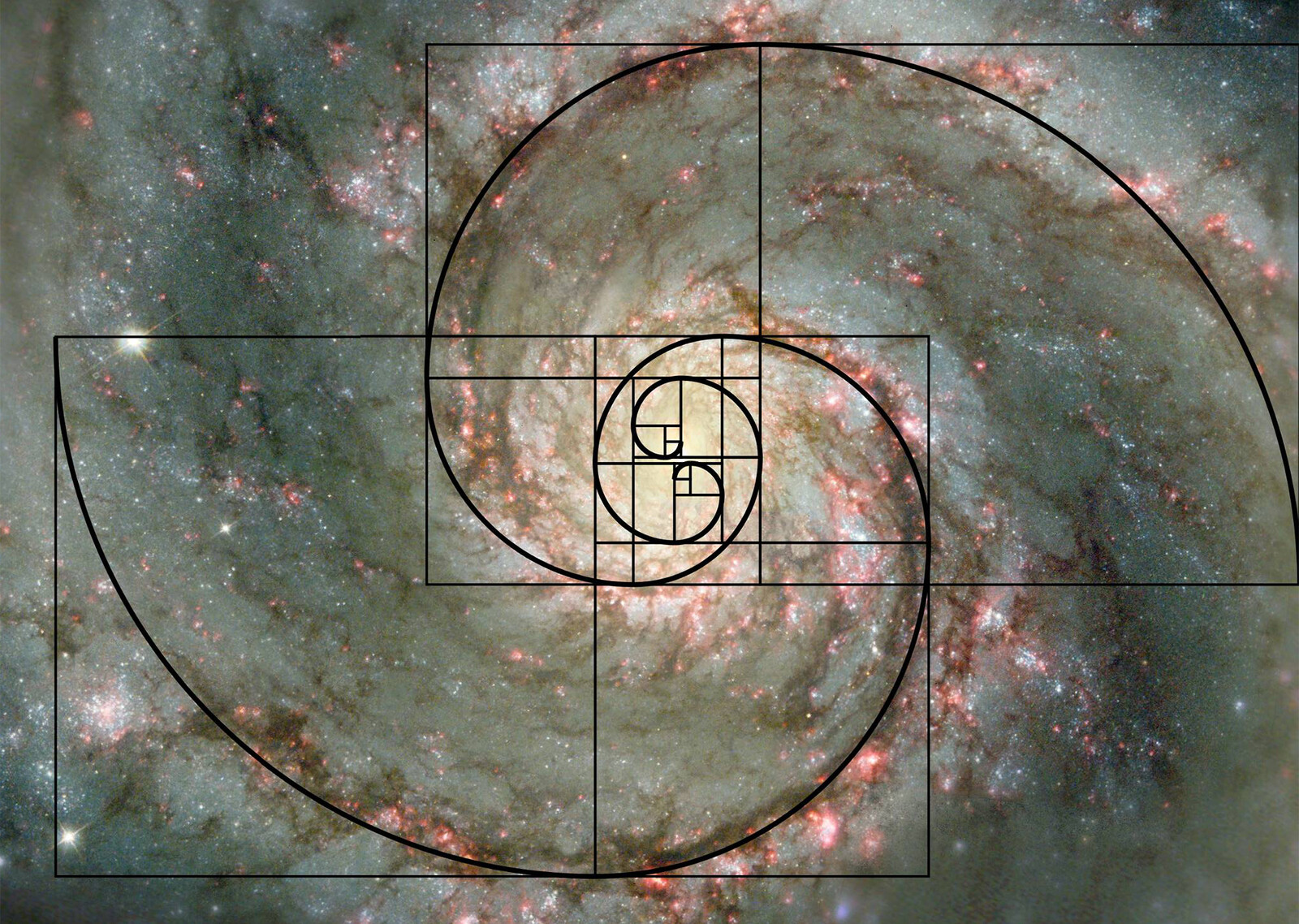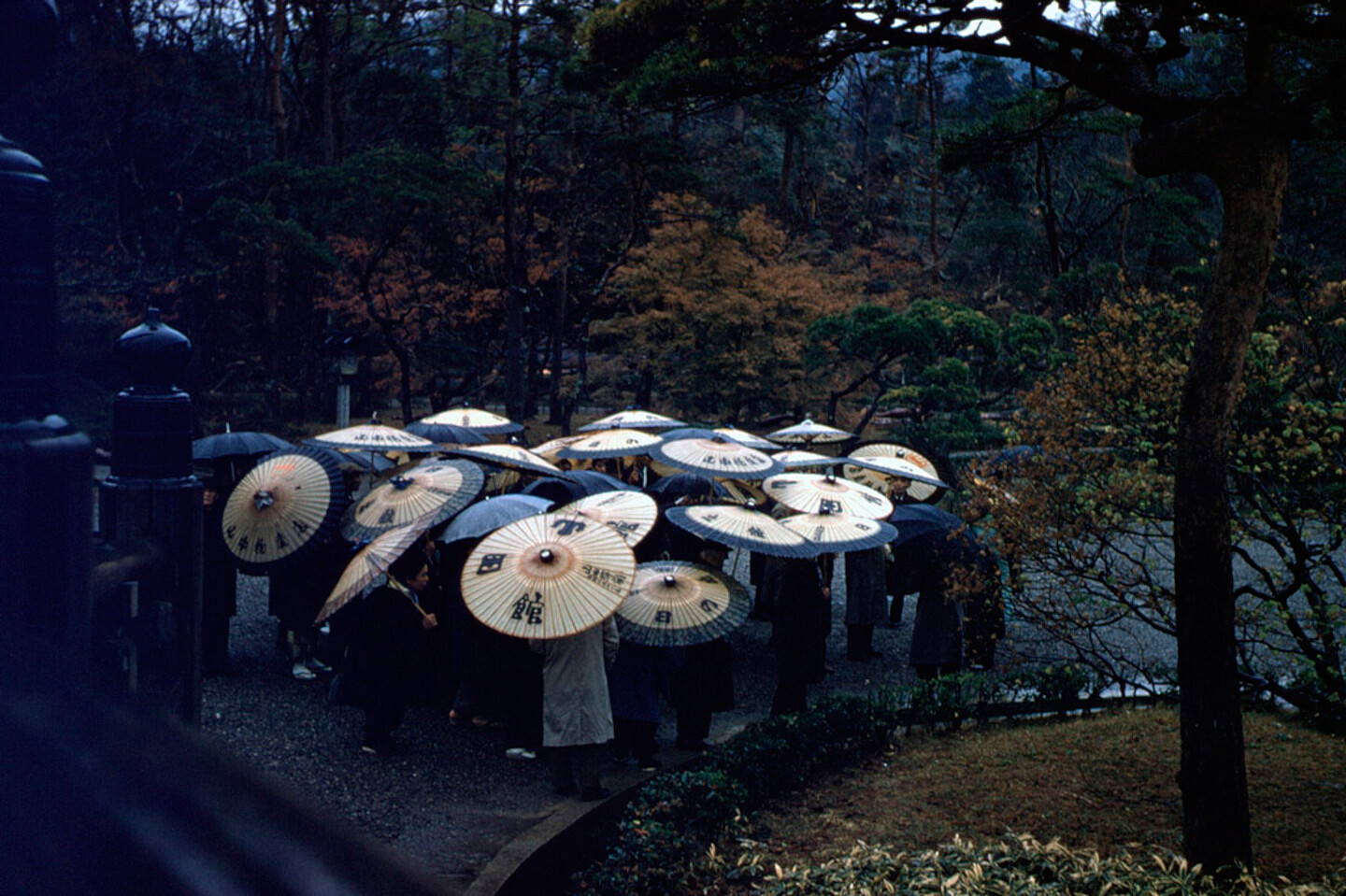If I am not drowned or killed trying to escape in the next few days, I hope to write two books. I shall entitle them Apology for Survivors and Tribute to Malthus.
—Adolfo Bioy Casares1
Addressing politics in the Anthropocene, Jodi Dean identifies three possible roles for humans: observers, victims, and survivors.2 Her analysis of these differing human trajectories exists within a clear Darwinian perspective of the world. The division of humans into passive victims, active survivors and those who watch is embedded within an ethos of the “survival of the fittest” and an acceptance of a world where the act of survival is defined as an individualistic performance, suspiciously responding to “the struggle for existence.”3 Her definition also echoes that of Elias Canetti in Crowds and Power, for whom the survivor—along with the ruler—stands alone and as a hero. In this same line of thinking, philosophers and writers such as Hannah Arendt and Primo Levi approach survival as a form of culpability, inexorably linked to the traumatic experience of the Holocaust. In addition to, and perhaps beyond, these heroic figures of modernity, we propose another reading of the act of survival as a collective performance and the survivor as a collective being. This understanding shifts the frame of the Anthropocene from a spatial struggle to a temporal practice; not a point of departure toward new colonies, but rather a dimension of the present to be handled now for the time that is to come.4
Supersimple
The figure of the castaway, and Daniel Defoe’s emblematic Robinson Crusoe in particular, is a helpful guide to understanding the condition of the survivor. Crusoe’s survival on the island is only possible thanks to the supplies that were cast away with him, namely, the building materials and tools salvaged from the shipwreck. In this sense, the various saws, jackscrew, hammer, nails, spikes, grindstone, spare ropes, canvases, cables and hangers were instrumental in Crusoe’s survival of his misfortune. With the Bible in one hand and his tools in the other, Crusoe confronted the adversity of his situation and his lack of society. In fact, this very adversity—combined with years of patient labor—led to a mastery of many occupations: agriculture with a wooden spade, carpentry, earthenware, wicker weaving and many others, all of which allowed him to satisfy his basic needs and beyond.
Similar to Robinson Crusoe, the story of Tuscan farmer Zeno Fiaschi, narrated by Superstudio in 1978 for the Venice Biennale, questions the autonomy, needs and behavior of a single individual. Emphasizing an objective of autonomy, Project Zeno calibrates the concept of “home” to what can be produced and is necessary for the sustenance of a single individual and presents all the tools and supports required to do so. The supersimple life of Zeno parallels the economy Defoe developed with Crusoe, where the consumer is also the direct producer of what is consumed. Within this simple framework, both Zeno and Crusoe have created an economy that is antagonistic to accumulation and other forms of capitalism.
The example of Zeno serves as a way to establish a critique of design under the conditions of capitalism. Superstudio returned to fundamentals—historical knowledge, creativity, and survival—to propose and sustain a new relationship between man and object, and further, between man and nature. By applying the survivor’s economy to design, Zeno and Crusoe are nonetheless exposed to major risks. Like any other heroic figure, the survivor cannot afford to be sick or to experience an extended period of unproductivity without putting their own life at stake. If production for complete self-sustenance is the basic condition of the survivor, the risk encountered in ensuring its continuance requires the same amount of energy, if not more.
Supercommunity
The people who were dancing up on the hillside, teh vicious leaves, the roots that tasted of the earth, the hard, the fibrous bulbs – all of these were enough to convince me that I should enter the museum and look for some bread and other real food.
—Adolfo Bioy Casares5
The question of risk is at the core of many economic theories. As it is impossible to eliminate risk, distributing it is the best way to reduce its effects. Despite the fact that this distribution is not always even, this simple idea is at the origin of any community or society. For Crusoe, this process started with the rescue of Friday, an escaped native prisoner who shares his condition of survival and becomes both his “society” and companion.6 Furthermore, this is the starting point of a desire that increases in the second and lesser known volume of the story, where Crusoe comes back to the island after having left for the comforts of home.7 During this return visit, Crusoe discovers that a new society has developed composed of Spaniards, British and other natives, which first warred with each other but eventually settled and were prospering together.
Here the concept of “community” offers an alternative to the logic of competition proposed in evolutionist theory and in the figure of the individual survivor. Surviving by collaboration, as first suggested by Russian anarchist Peter Kropotkin, differs radically from Darwin’s theory.8 Kropotkin proposes cooperation as a mode of constructing societies. In his early studies for the Russian Geographical Society, Kropotkin observed birds’ ability to collectively migrate across continents and oceans in search of food. In contrast to a typical predator or flora, the avifauna he observed collaborate for their continued collective existence. Learning from those observations, Kropotkin proposed survival as a communal form of existence; sharing the risks of production and consumption.
This proposition was further developed by the Soviet agrarian economist Alexander V. Chayanov, who advocated for new forms of agrarian cooperatives.9 His proposition for a collective rural economy reused some facets of Crusoe’s economic model—producers becoming their own direct consumers—but he reduced risk by increasing the size of both the household and the collective. Considered too distant from the social organization that existed for peasants at that time, Chayanovism failed under Lenin’s social model.10 Nevertheless, from the perspective of Soviet economic models, Chayanov highlighted the principle of balance between consumption and labor, as well as the dominant role of use value in rural communities. He also demonstrated that in order to survive, communities need to incorporate non-productive members by capitalizing on productive ones, which could, by way of social hierarchy, lead to a form of capitalism. Even if the Chayanovist model never really shaped the Soviet economic model apart from highlighting the interaction between agriculture and capitalism, its influence still remains by advocating for community as a way to escape individualistic modes of survival and production.
In this collective form of existence, Kropotkin defines migration and processes of deterritorialization as principal characteristics of the survivor, as one who can adapt and cope with change. Like a nomad, the survivor reinvents the territory as they move on. We would like to identify a parallel between the figure of the survivor and that of the refugee. The refugee can be seen as the ultimate figure of survival by their migratory avoidance of conflict or climate change. The negative connotations of victimization that often characterize both the migrant and the refugee are therefore not only misleading but also contrary to the base logic of survival Kropotkin proposed.
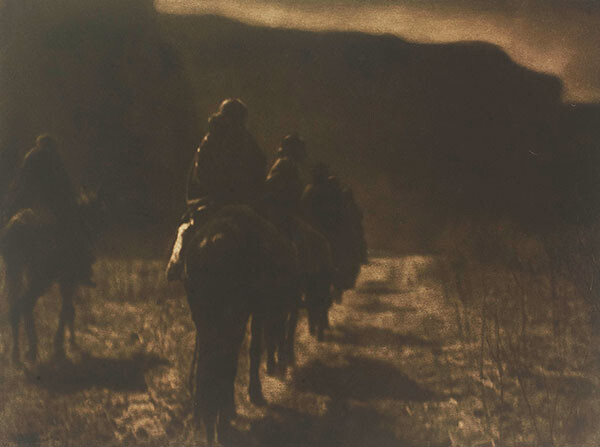

Edward S. Curtis, The Vanishing Race–Navaho, 1904, vol. 1, portfolio plate 1, photogravure, 46 x 31 cm., Special Collection, Honnold Library, Claremont. Source: Critical Commons. Writer and ethnographer Gerald Vizenor has been a critic of Curtis’ portrayal of Native Americans.
Superself
… when one is alone it is impossible to be dead.
—Adolfo Bioy Casares11
Recognized as one of the main inspirations for Robinson Crusoe, Ibn Tufail‘s Ḥayy ibn Yaqẓān, the first Arabic novel, narrates the story of the autodidactic child from whose name the book gets its title. Raised by a gazelle on an isolated island in the middle of the Indian Ocean, the sudden death of his mum (the Gazelle) drove the young Ḥayy into a process of self-learning based on experimentation and empiricism. His first encounter with civilization only happens later in life thanks to Absal, a castaway who introduced him to religion and the culture of materialism. Rejecting both as distractions from spiritual life and the search for truth, isolation is framed as a way to develop fundamental human values. Ḥayy became a voluntary castaway, promoting the virtues of self-awareness, critical consciousness, intellectual autonomy and altruism.
Endurance appears to be a desirable quality of character to respond to the harsh life of isolation. This additional virtue offers a possible escape from the thesis anti-thesis proposed by Darwin and Kropotkin. In his studies of Native American populations, writer and ethnographer Gerald Vizenor defines the concept of survivance (survival + endurance) as a renunciation of dominance, tragedy and victimry.12 Endurance shifts the question of survival from a spatial struggle—like territorial domination by an individual, a group, or a state—to a temporal practice and the possibility of sharing a single territory by multiple communities.
The concept of survivance is also developed by French philosopher Jacques Derrida as an existence between life and death, a spectral form of living death.13 For both Derrida and Vizenor, survivance is marked by the production of an archive, of a memory, and can be seen in Crusoe’s logbook as well as Zeno’s inventory of tools. The systematic inventory and accumulation of knowledge allow the survivor to not only survive the space they find themselves in, which is often a hostile environment, but also time, in the duration and transmission of knowledge and a general awareness of self-existence. Duration—recording the time—becomes the symbiotic rhythm to reconceive an environment based on behavior, reconnected to the stars, mobility, and production based on atmospheric conditions.14 Archives weave making and repairing, reusing, and recycling together to propose new relationship between individuals, communities, and the environment. The millions of castaways/refugees already on the move and those more to come are both displaced from their original environments and distant from the ones to come. Divided, they are unable to form an act of collective production, but are rather forced to develop specific forms of self-endurance and cultural preservation. They propose alternative processes of self-management that stand to be explored outside normative urban cultures.
The question of self-organized, self-regulated processes and networks present a logical extension of Ḥayy’s quest for self-awareness. In the age of the superself, a conscious position towards the host environment includes the possibility to transmit this conscience to “the other.” This consciousness takes the form of adaptation in production and consumption to where it takes place. The superself, here defined as a collective individual, fragmented and dispersed in various localities, holds a possibility to expand knowledge beyond the Capitalocene and an accumulative form of production.15 In surviving the Anthropocene, the superself resides beyond tools and technologies, beyond exclusive communities, and beyond self-centered heroes. It becomes diffused within the territories of the simple, communal self; the one still able to dream of and form a project for a better future.
Adolfo Bioy Casares, The Invention of Morel (Buenos Aires: Editorial Losada, 1940).
Jodi Dean, “The Anamorphic Politics of Climate Change,” e-flux journal. See →.
Charles Darwin, The Origin of Species (London: John Murray, 1859).
Andy Weir, The Martian (2011).
Ibid., Casares.
Friday was named after the day Crusoe rescued him from being eaten by his captors, an act which led him to become Crusoe’s servant out of gratitude.
Daniel Defoe, The Farther Adventures of Robinson Crusoe (London: W. Taylor, 1719).
Peter Kropotkin, Mutual Aid: A Factor of Evolution (London: William Heinemann, 1902).
Alexander V. Chayanov, The Theory of Peasant Economy, eds. Daniel Thorner, Basile Kerblay and R. E. F. Smith (Madison: University of Wisconsin Press, 1986).
Lenin uses the classic Marxist theory by proposing a three-tiered structure: rich, middle and poor peasants.
Ibid., Casares.
Gerald Vizenor, Manifest Manners: Postindian Warriors of Survivance (Middletown: Wesleyan University Press, 1994).
Jacques Derrida, The Beast and the Sovereign, Volume II, trans. Geoffrey Bennington (Chicago: The University of Chicago Press, 2011).
Farmers often refer to atmospheric, rather than chronological time.
Jason W. Moore, ed., Anthropocene or Capitalocene? Nature, History, and the Crisis of Capitalism (Oakland: PM Press/Kairos, 2016).
Superhumanity is a project by e-flux Architecture at the 3rd Istanbul Design Biennial, produced in cooperation with the Istanbul Design Biennial, the National Museum of Modern and Contemporary Art, Korea, the Govett-Brewster Art Gallery, New Zealand, and the Ernst Schering Foundation.
Superhumanity, a project by e-flux Architecture at the 3rd Istanbul Design Biennial, is produced in cooperation with the Istanbul Design Biennial, the National Museum of Modern and Contemporary Art, Korea, the Govett-Brewster Art Gallery, New Zealand, and the Ernst Schering Foundation.


